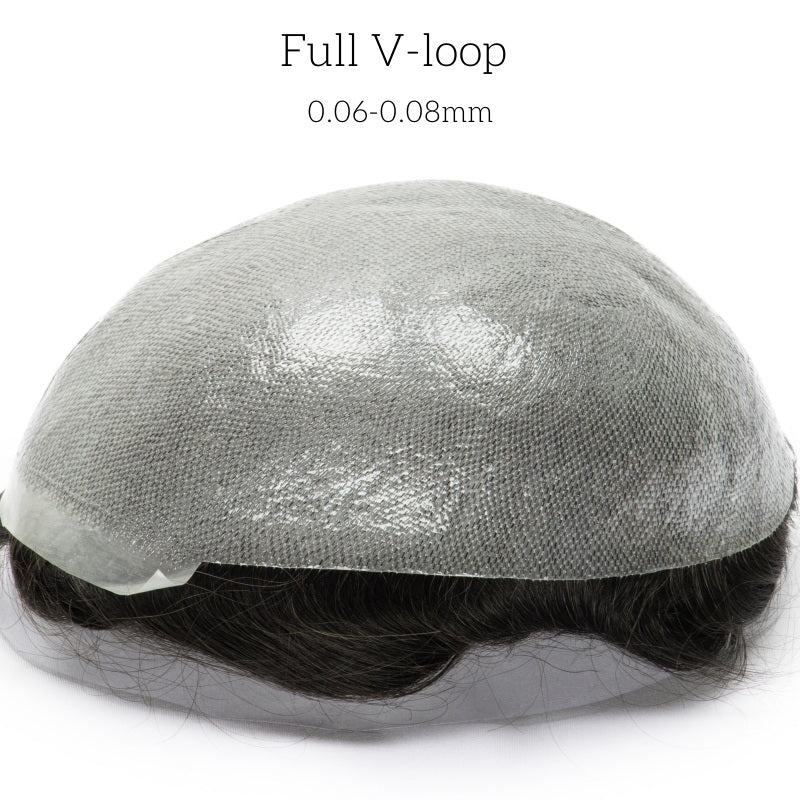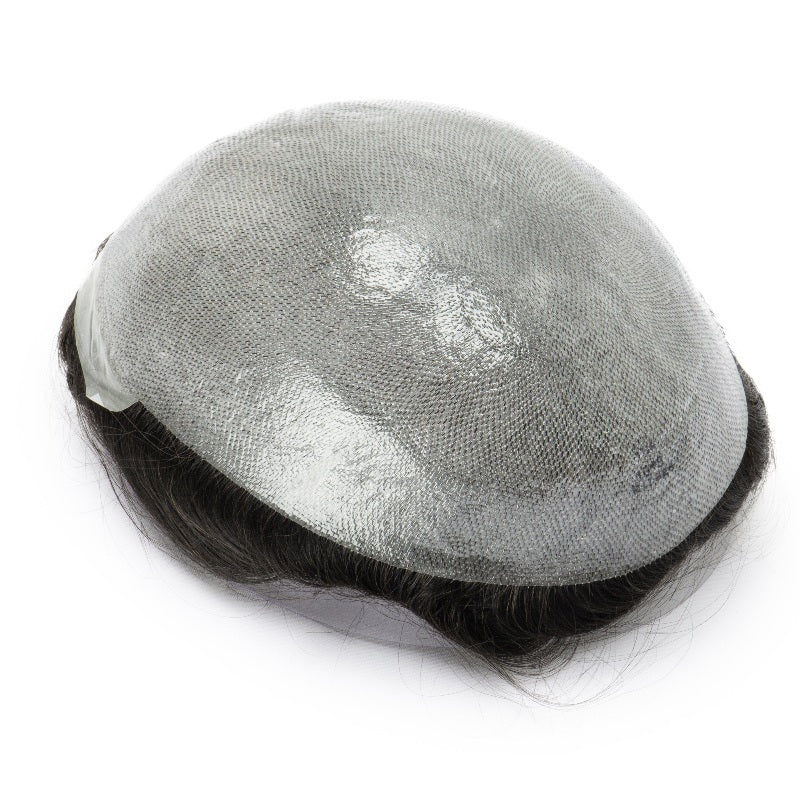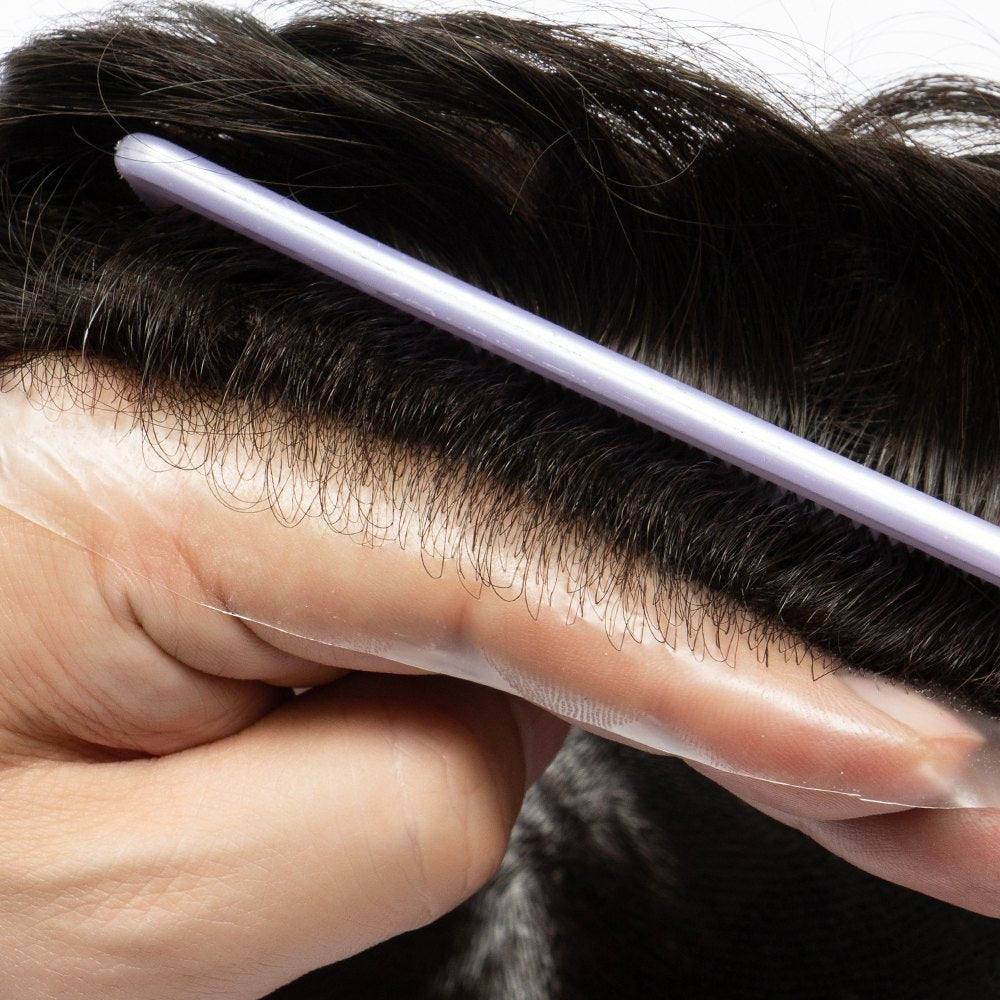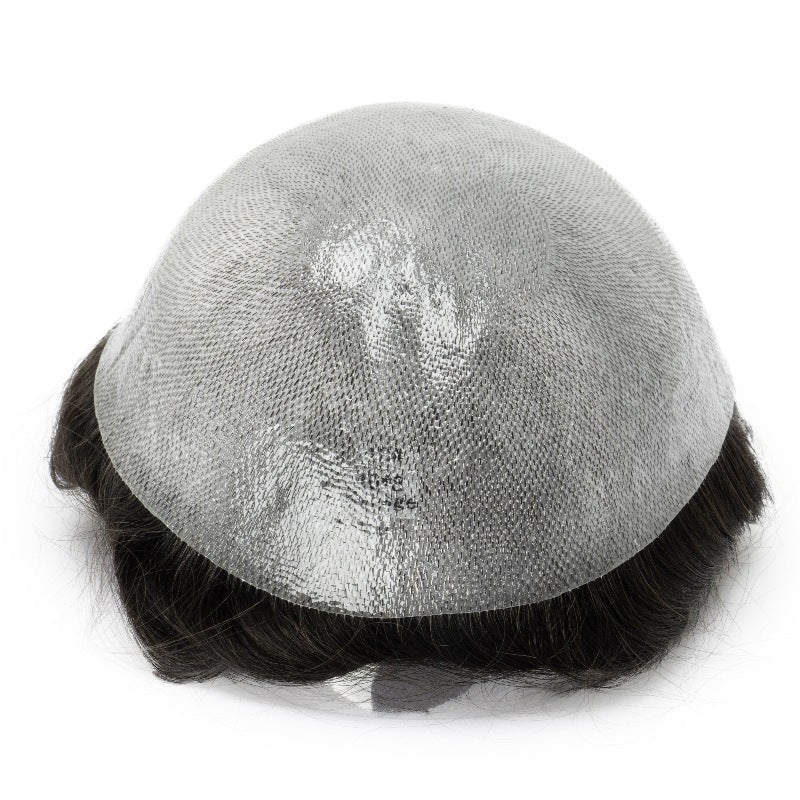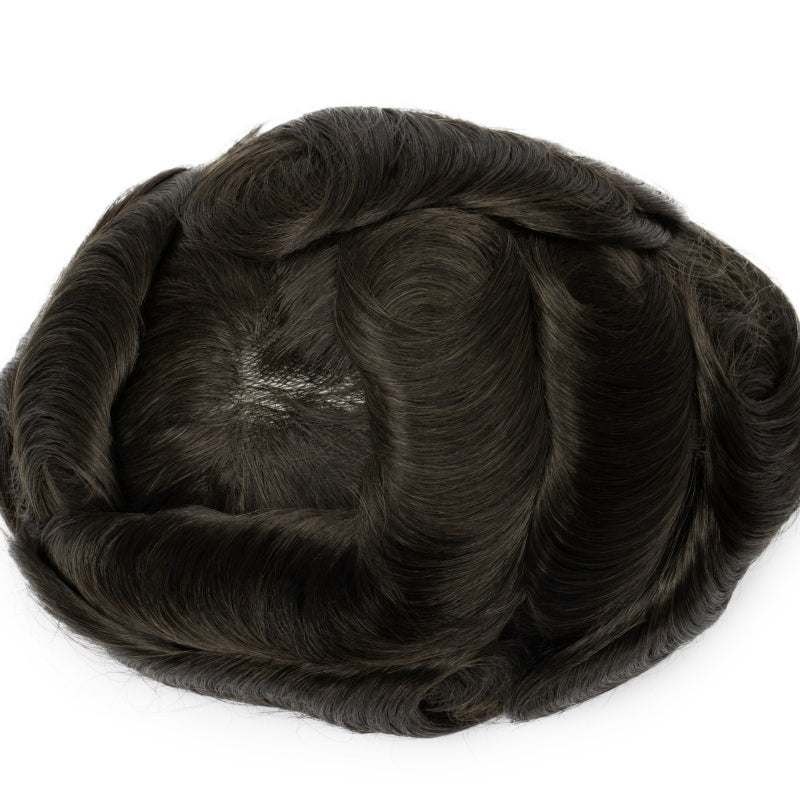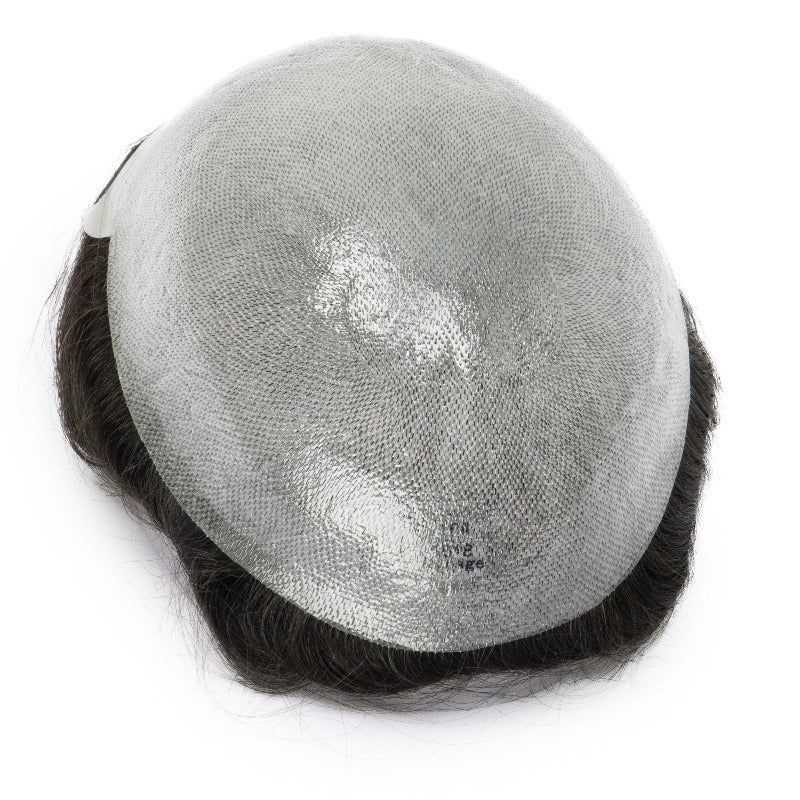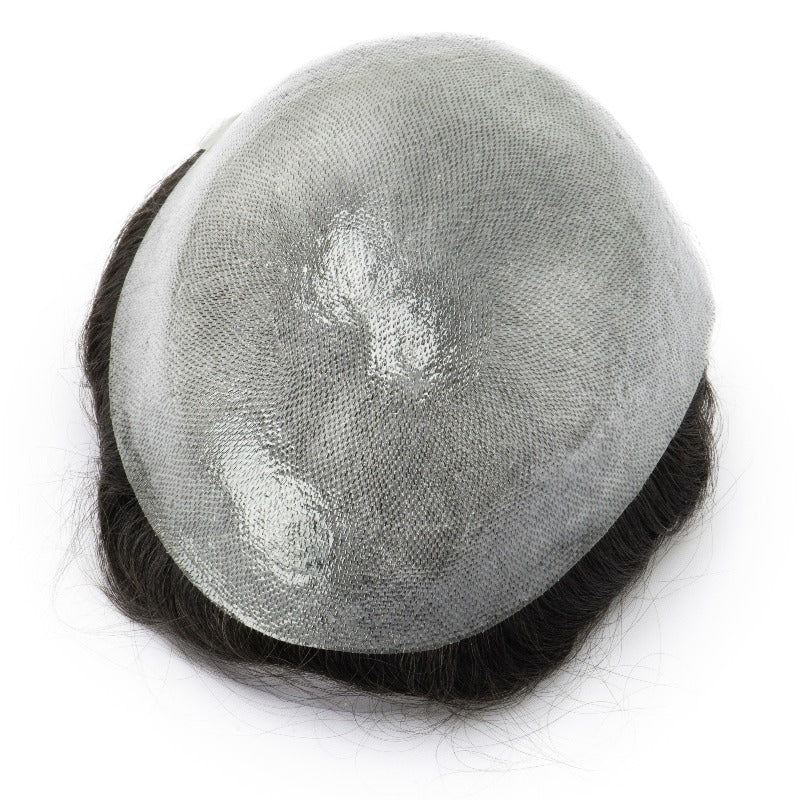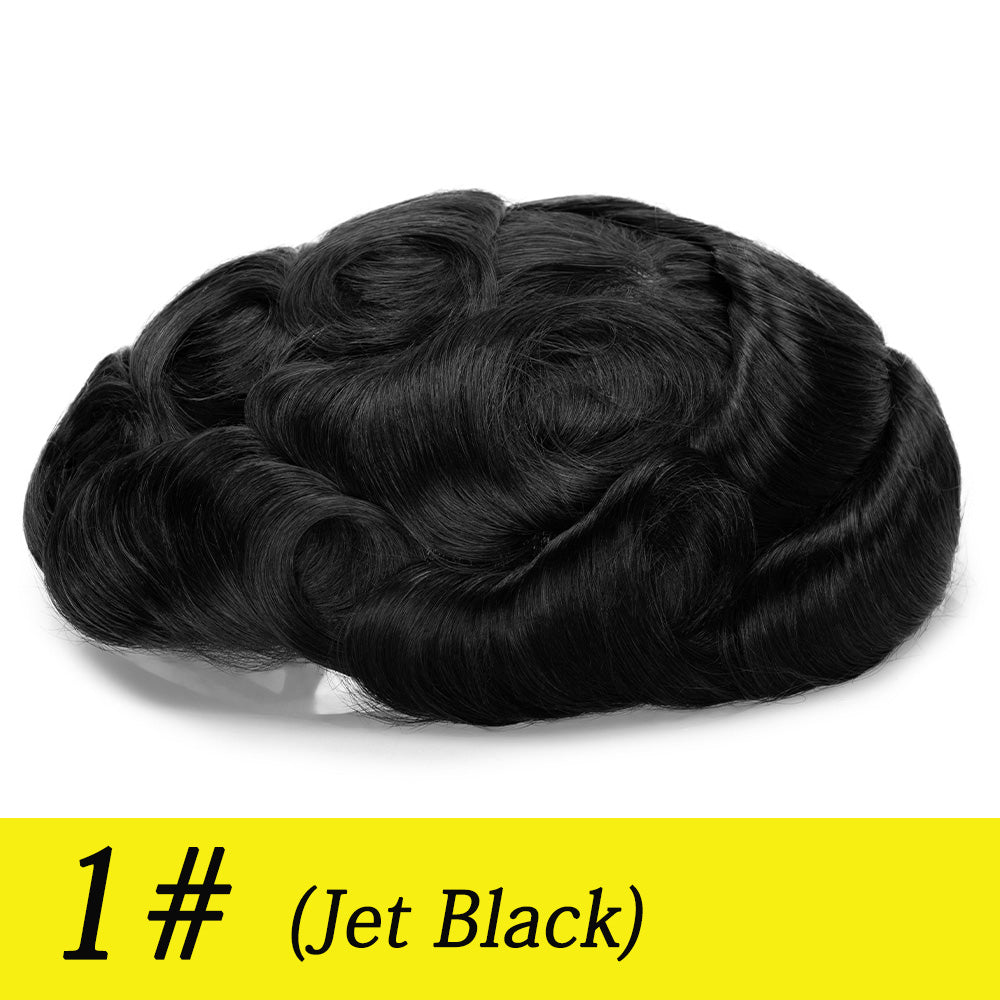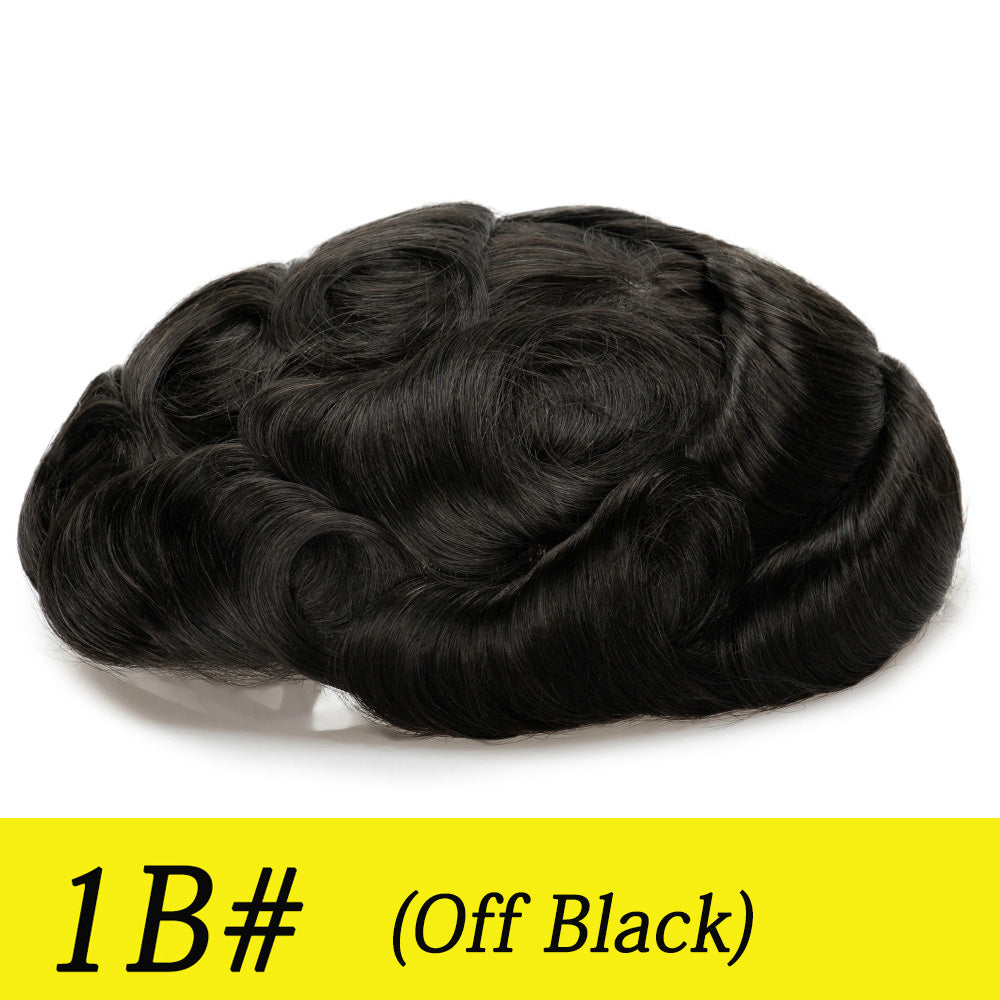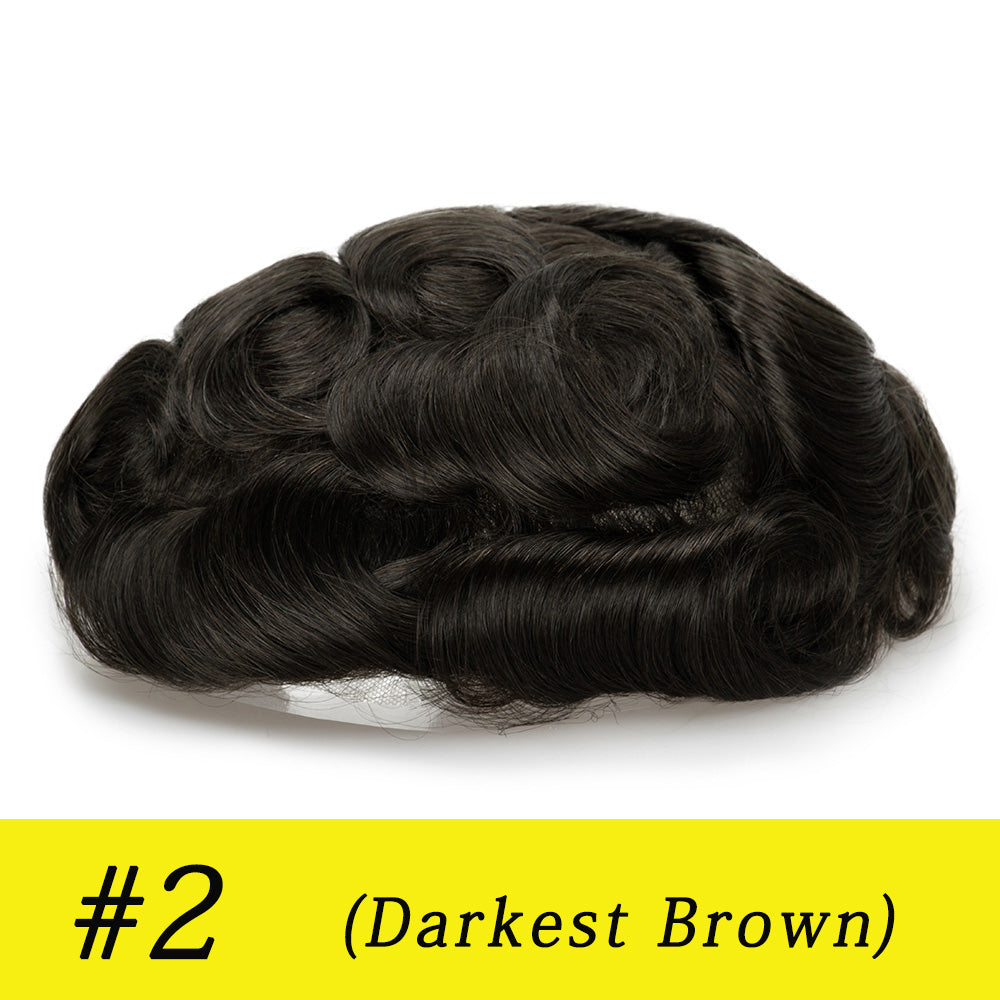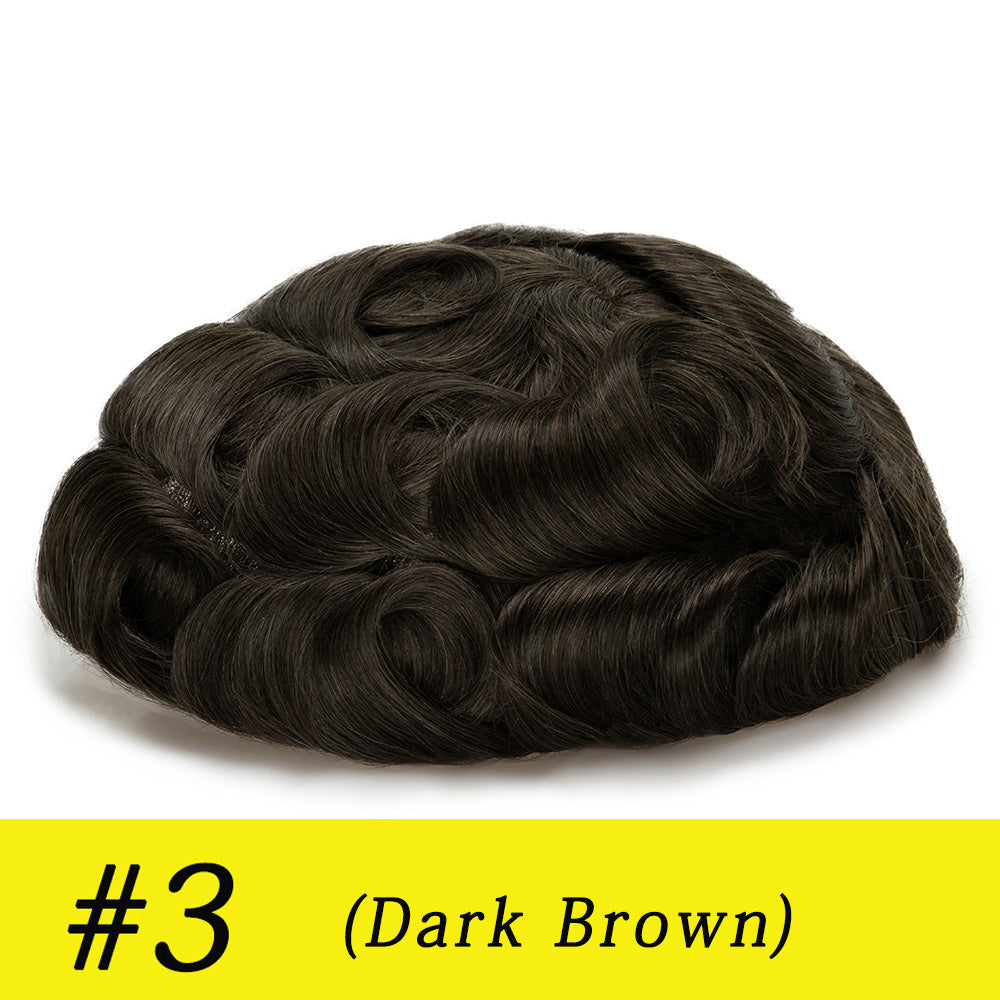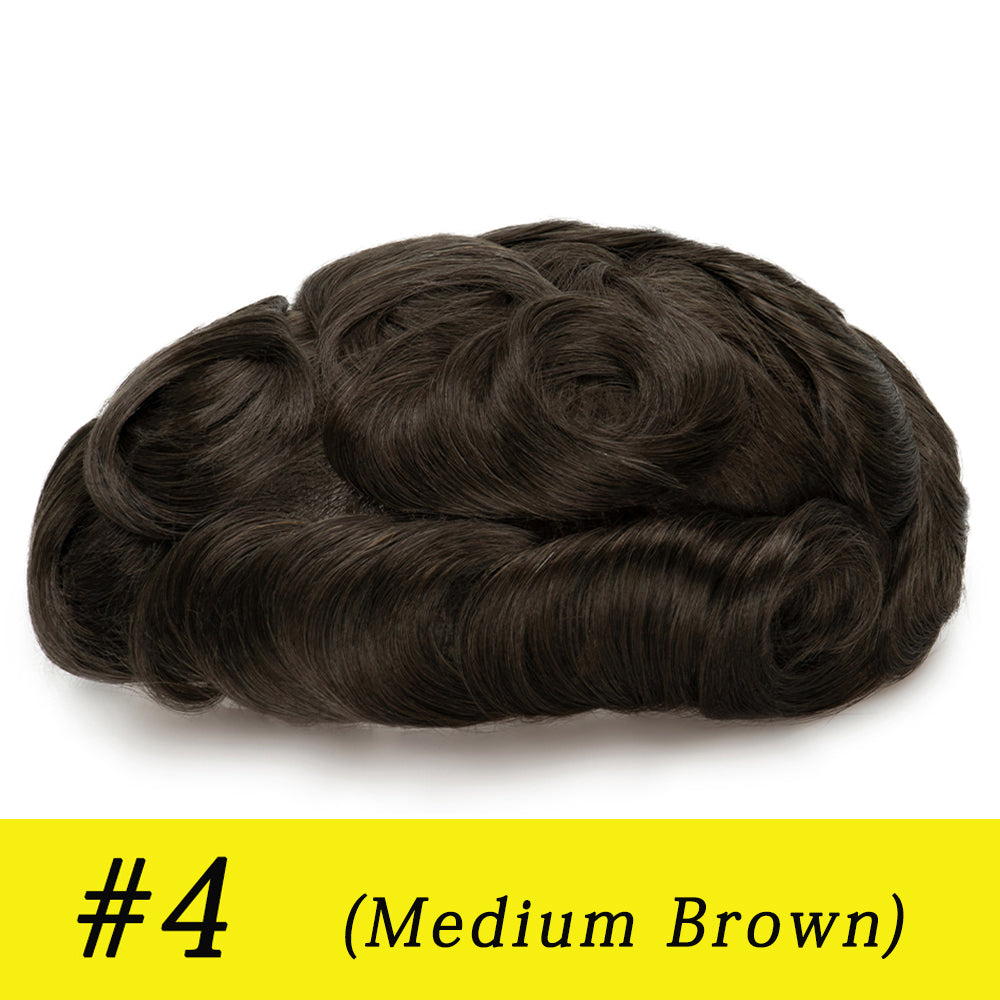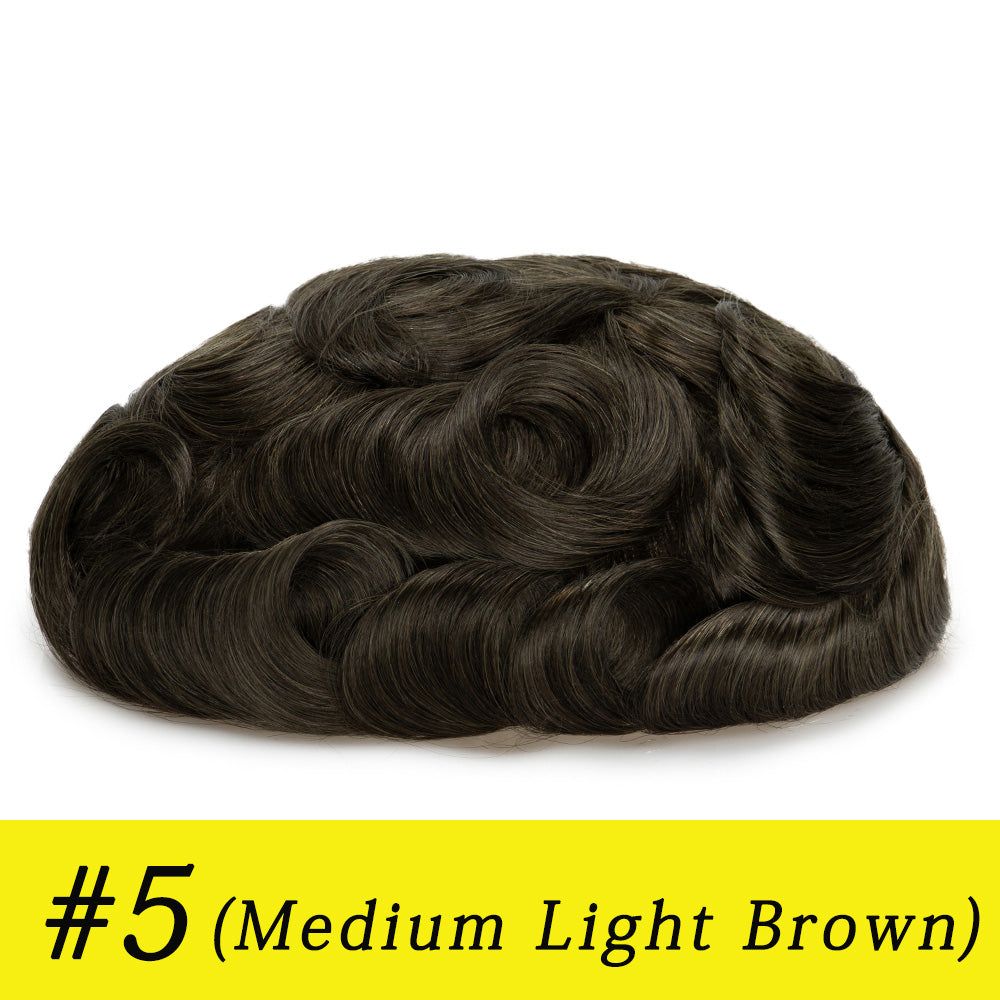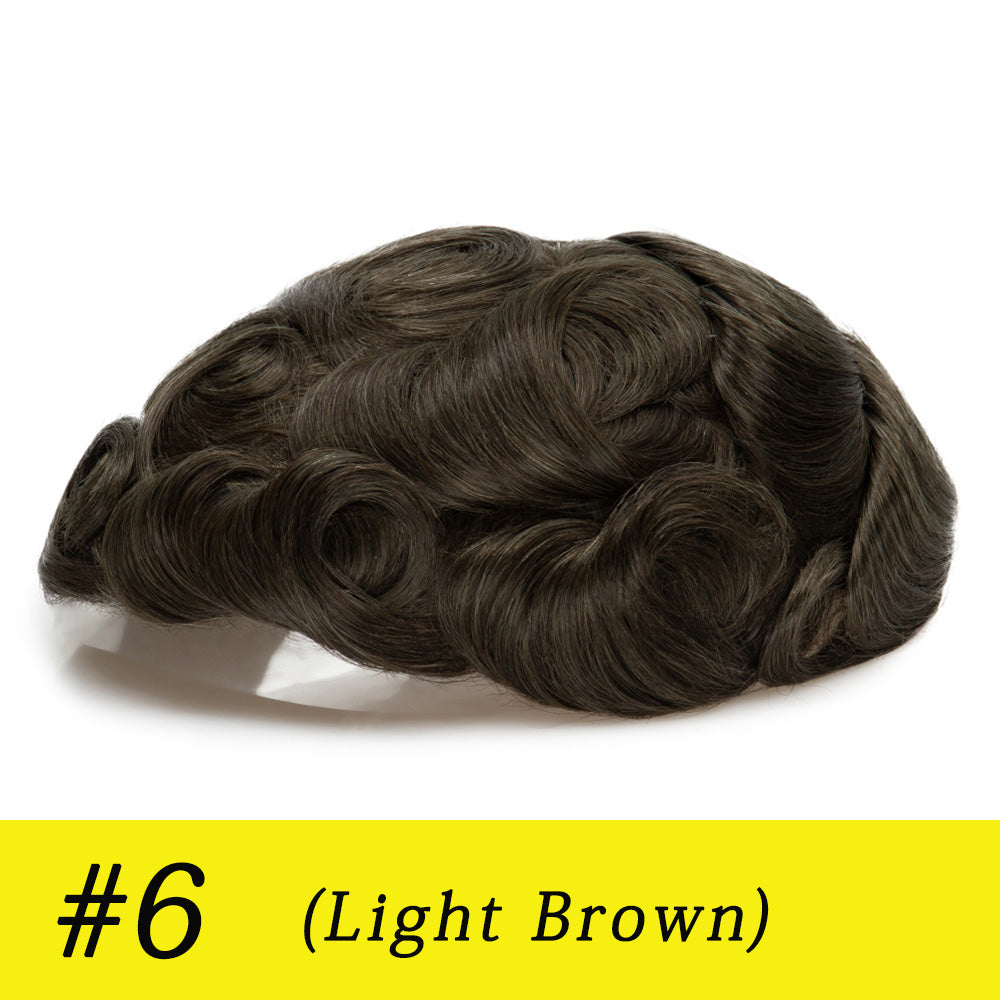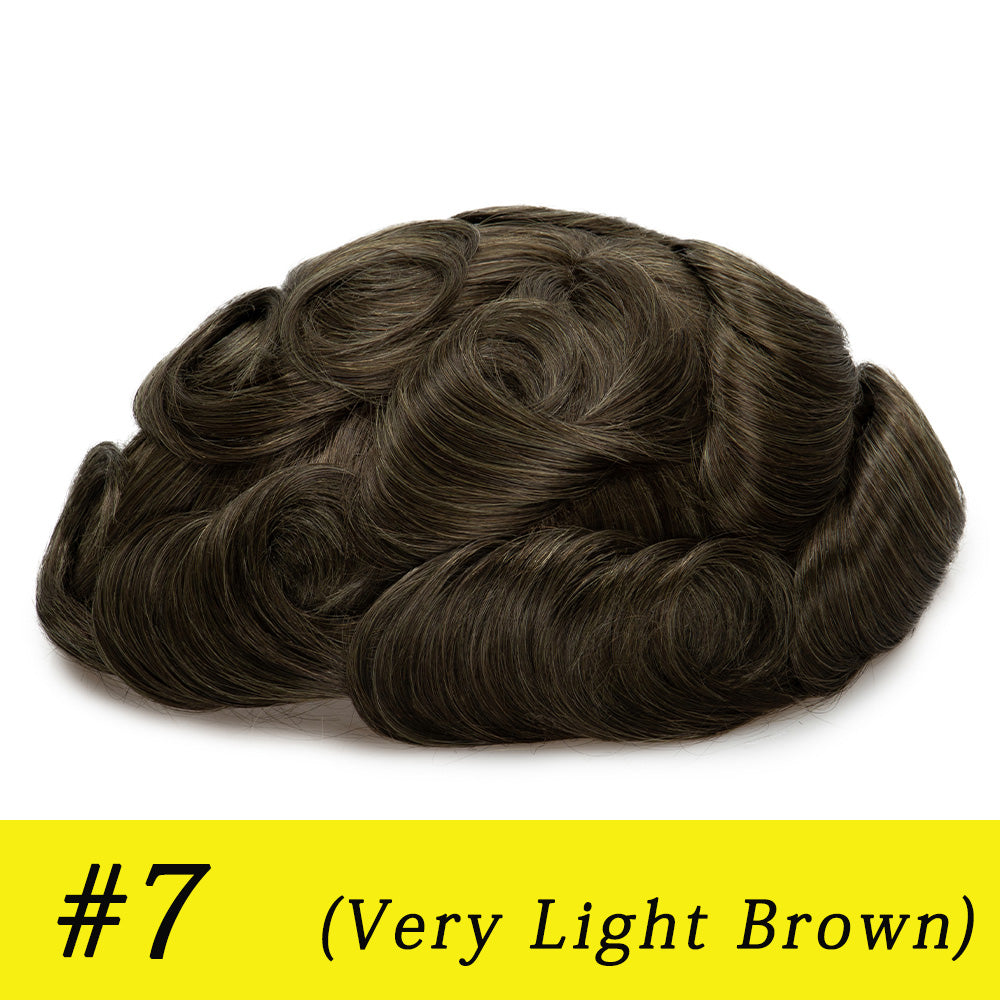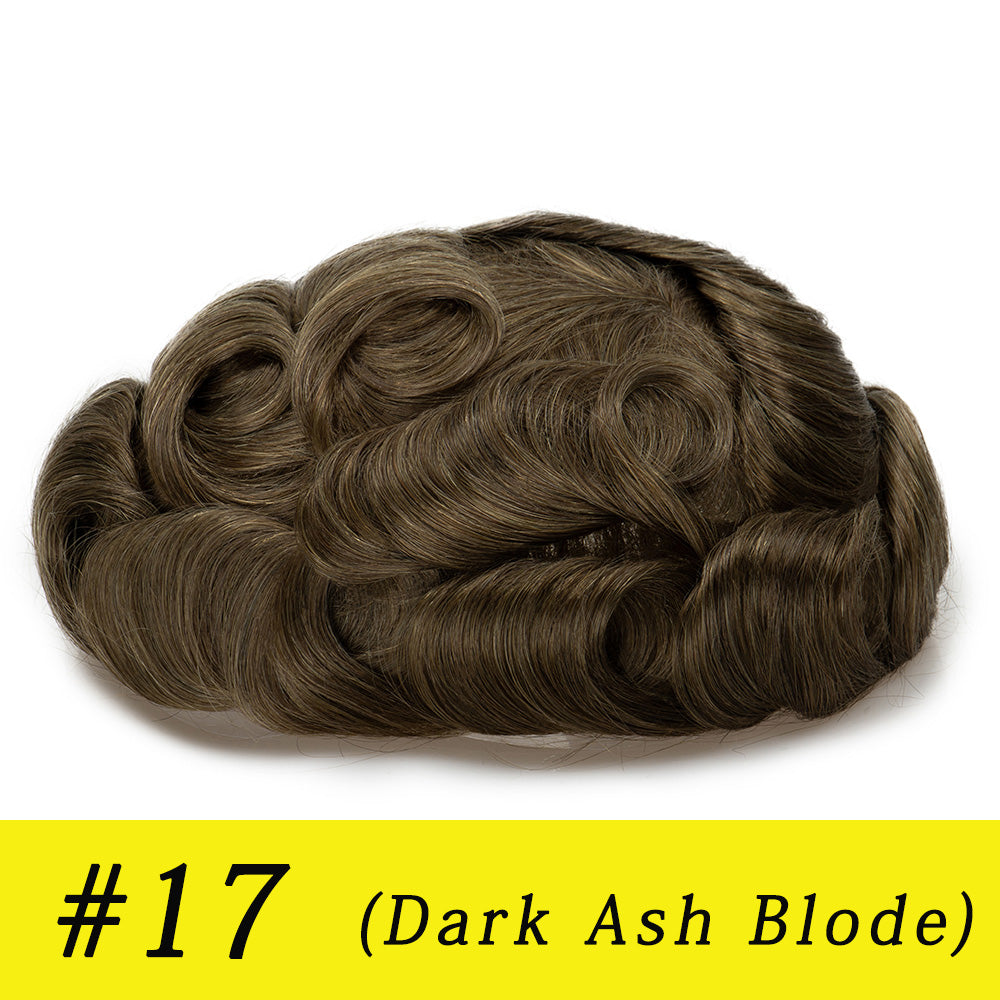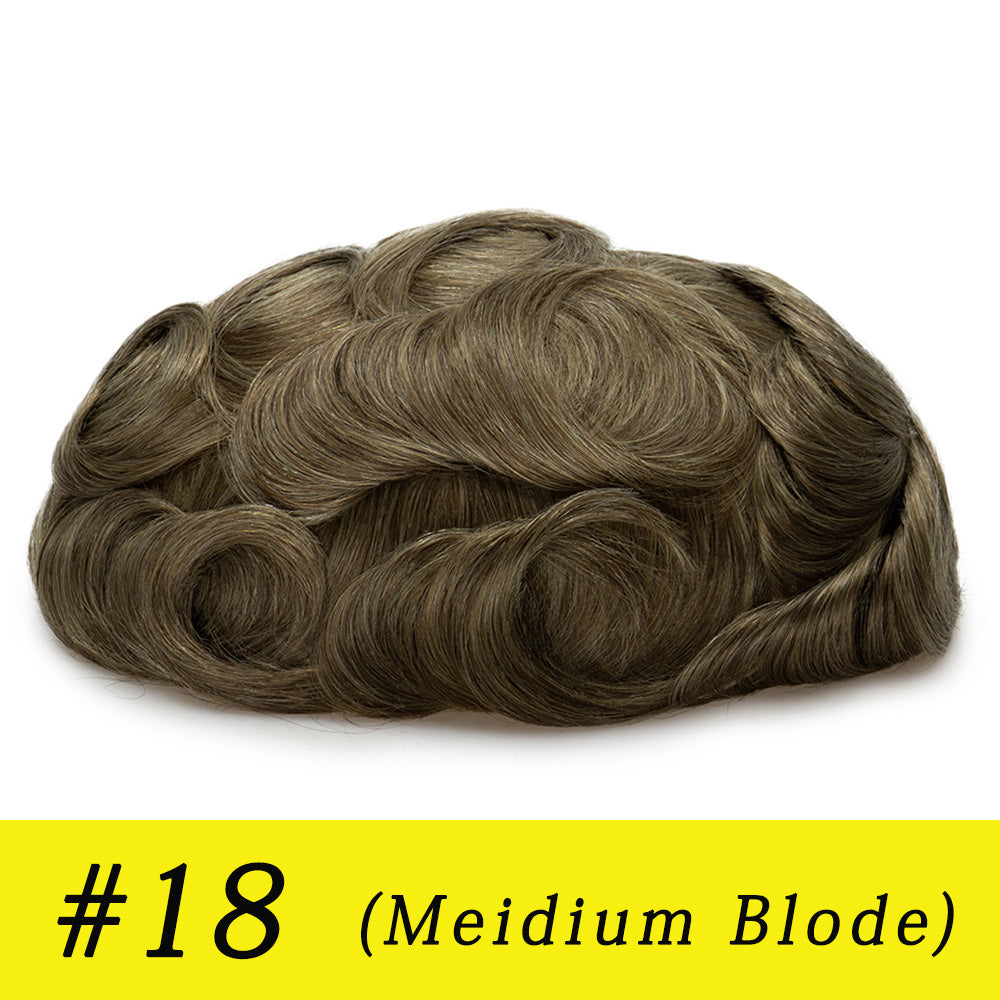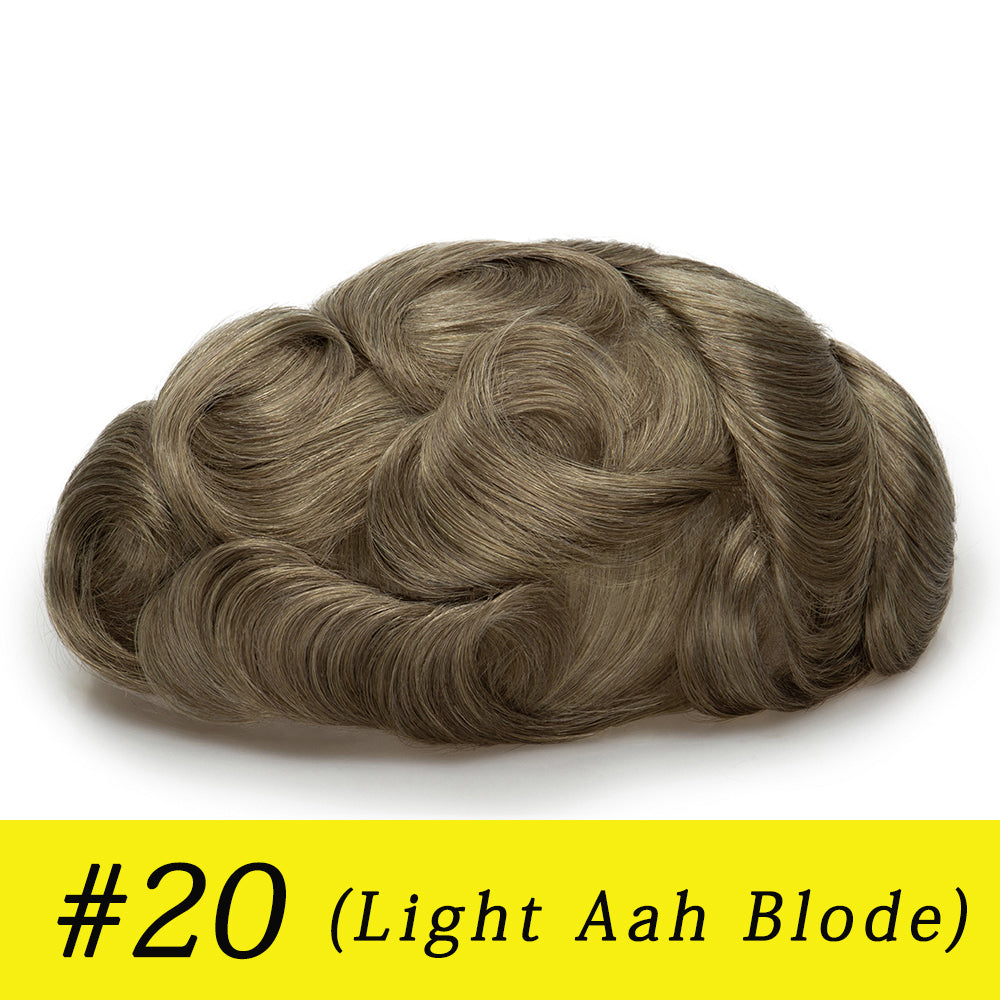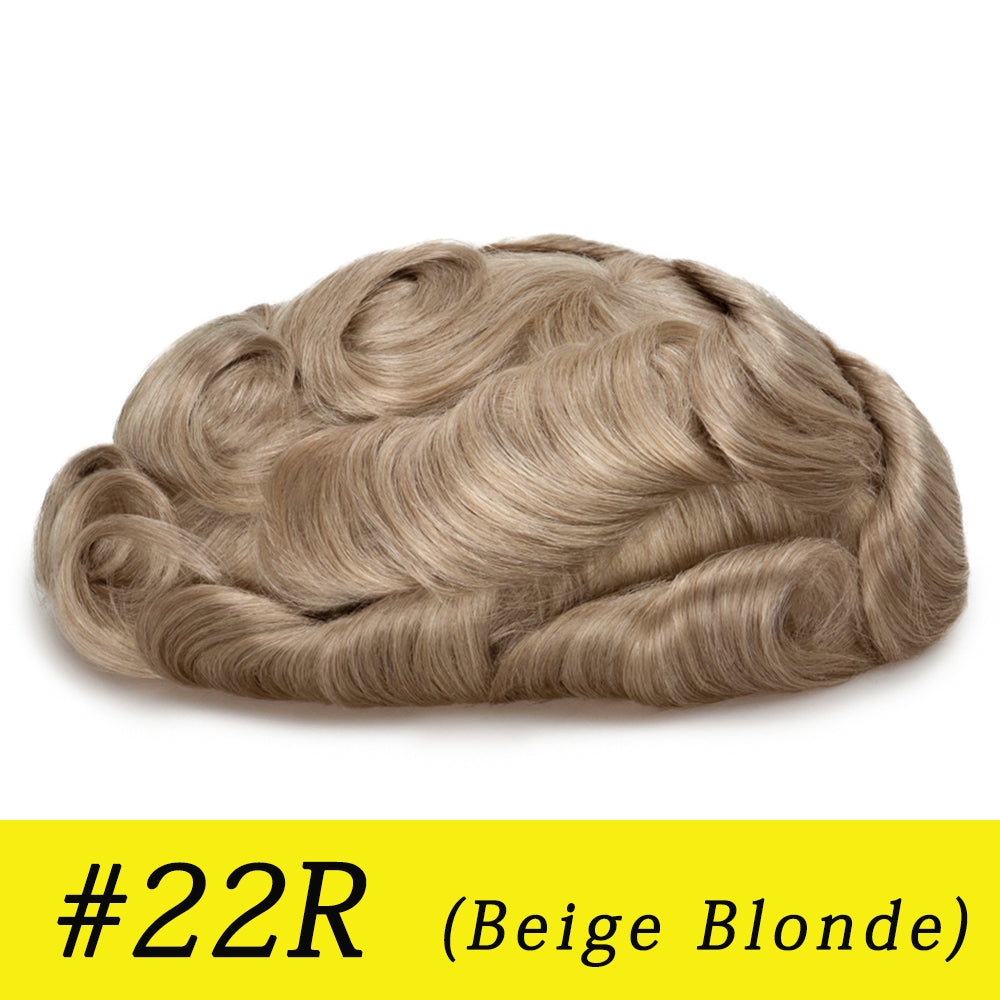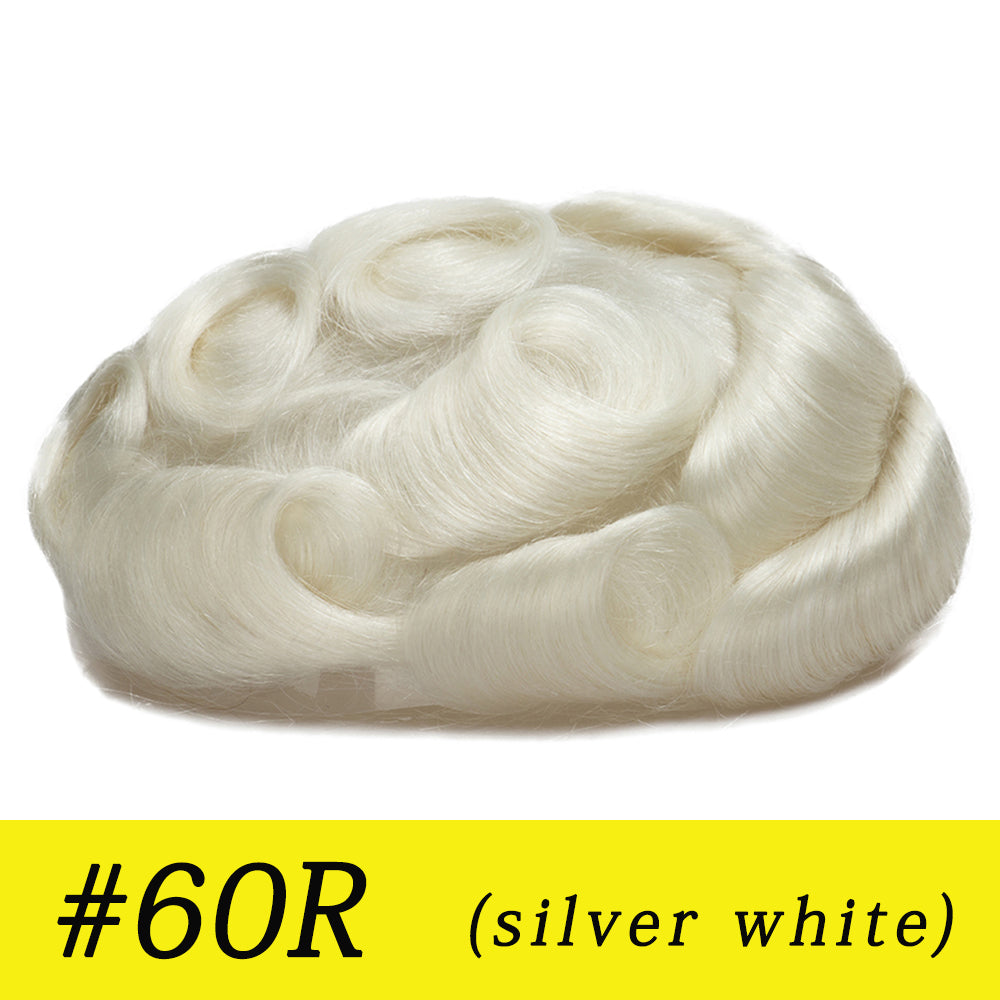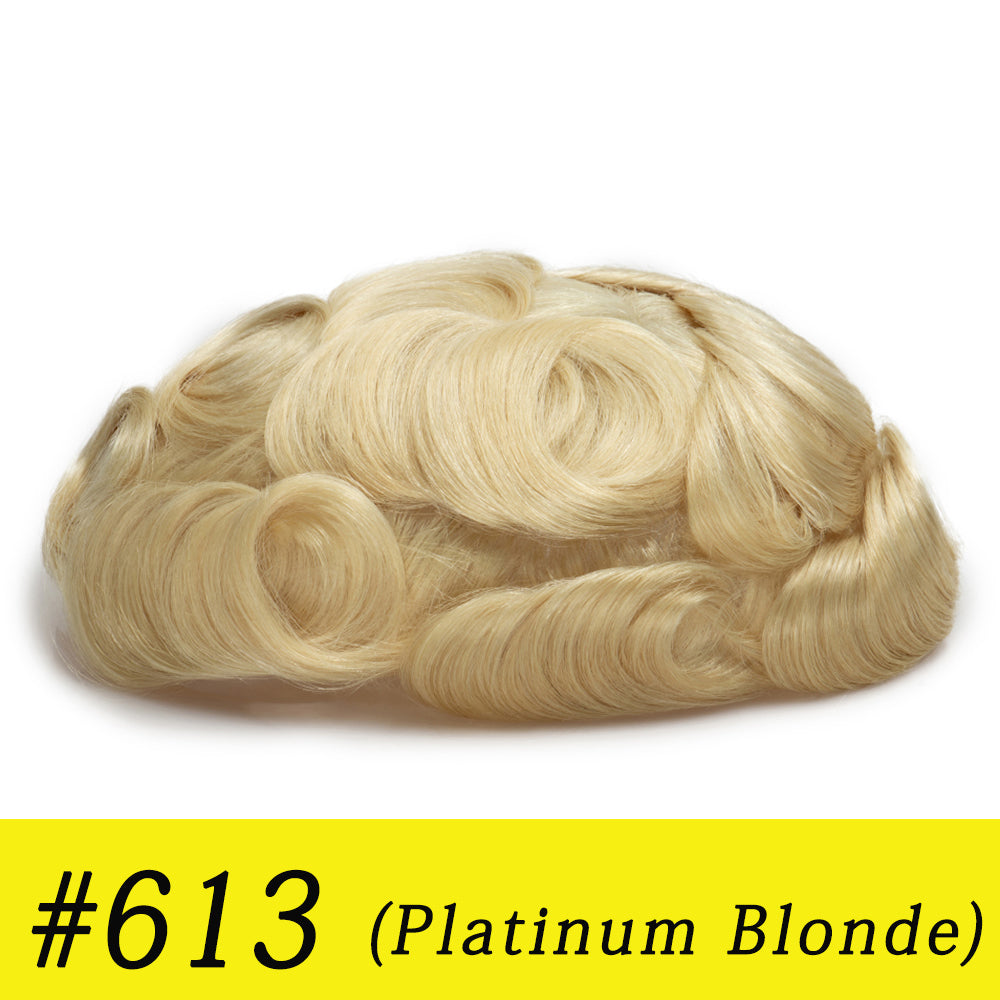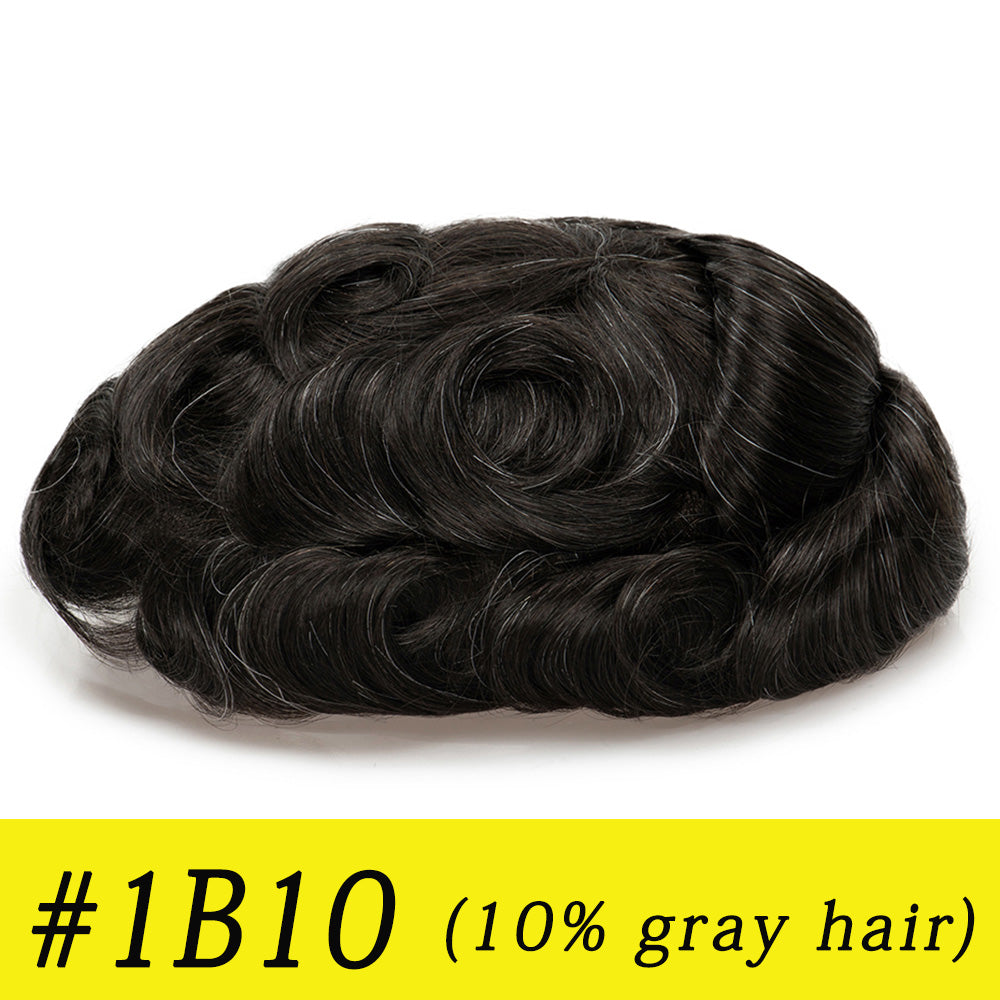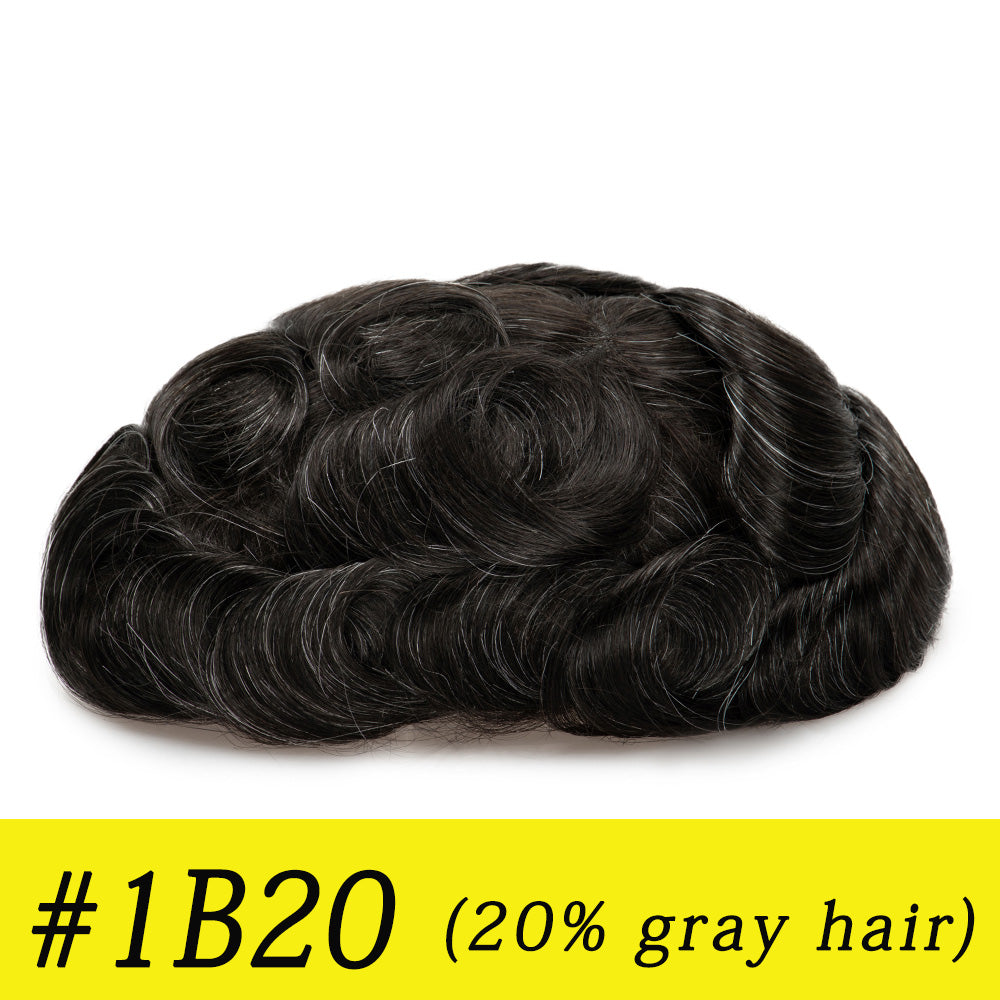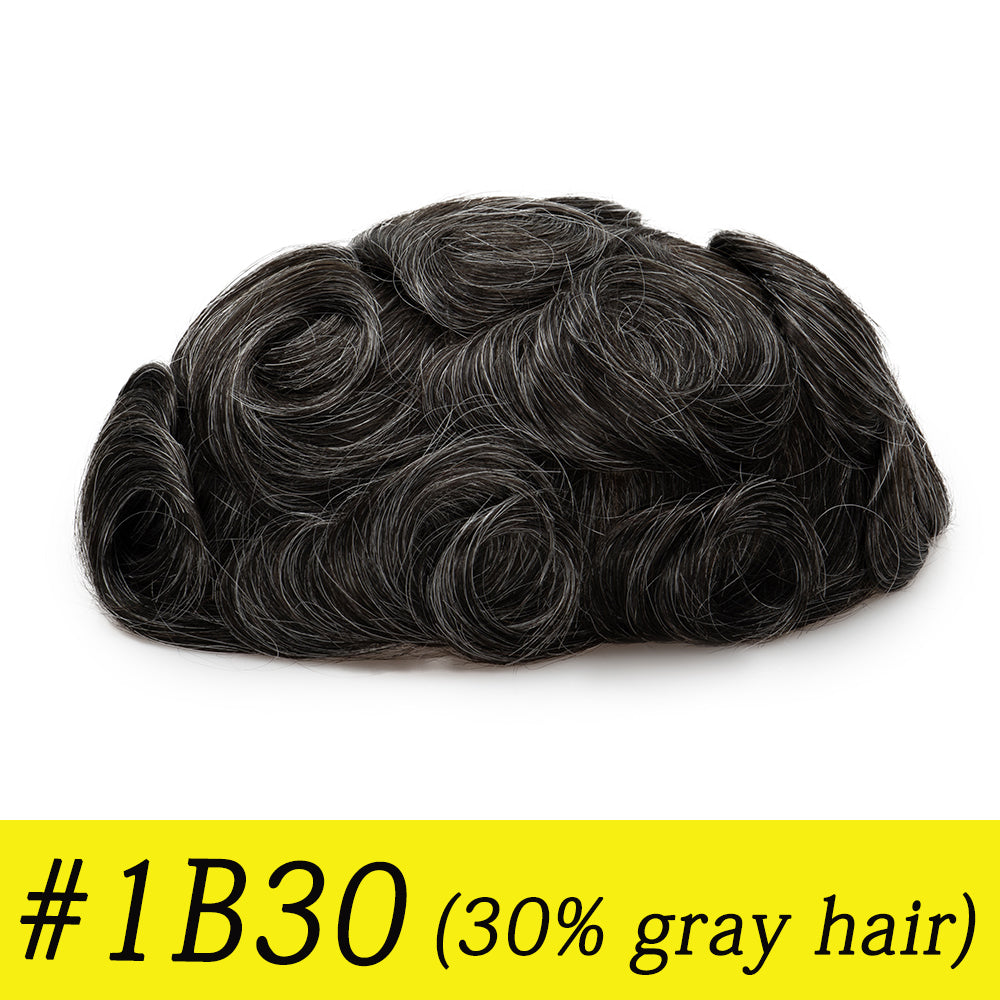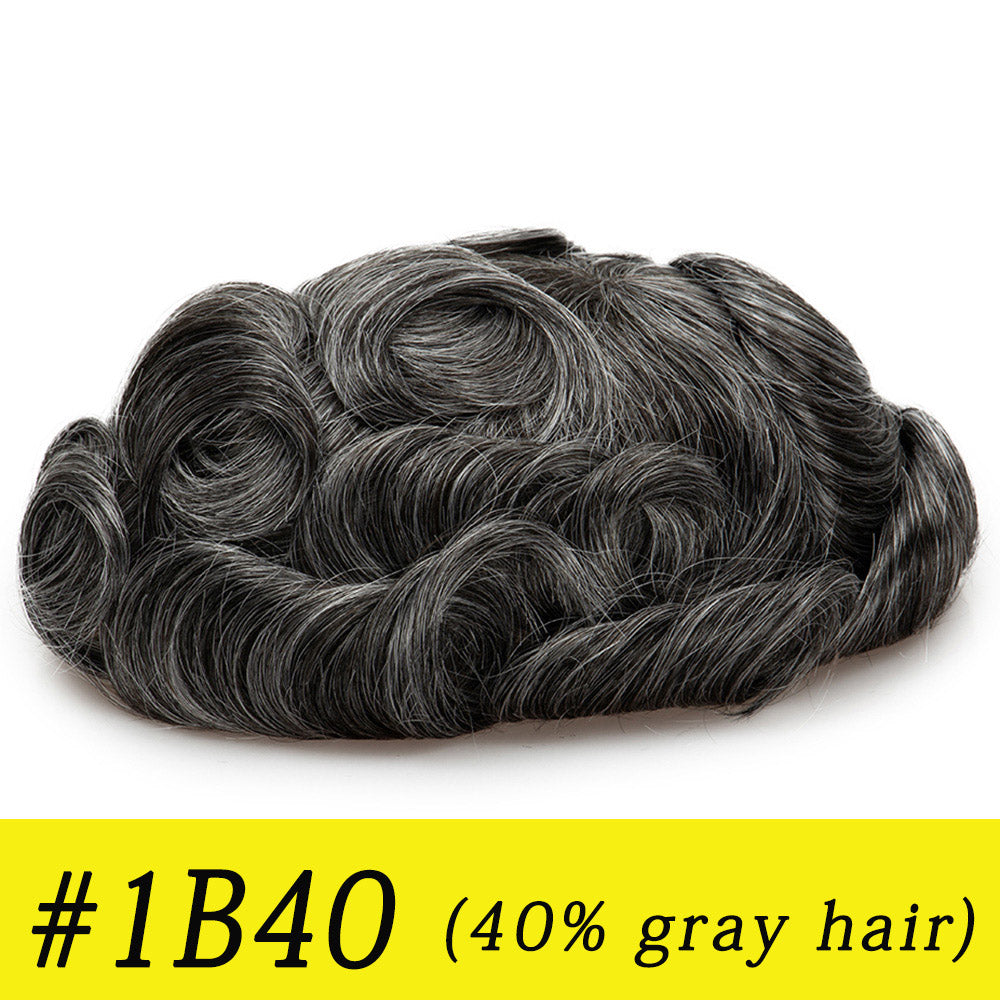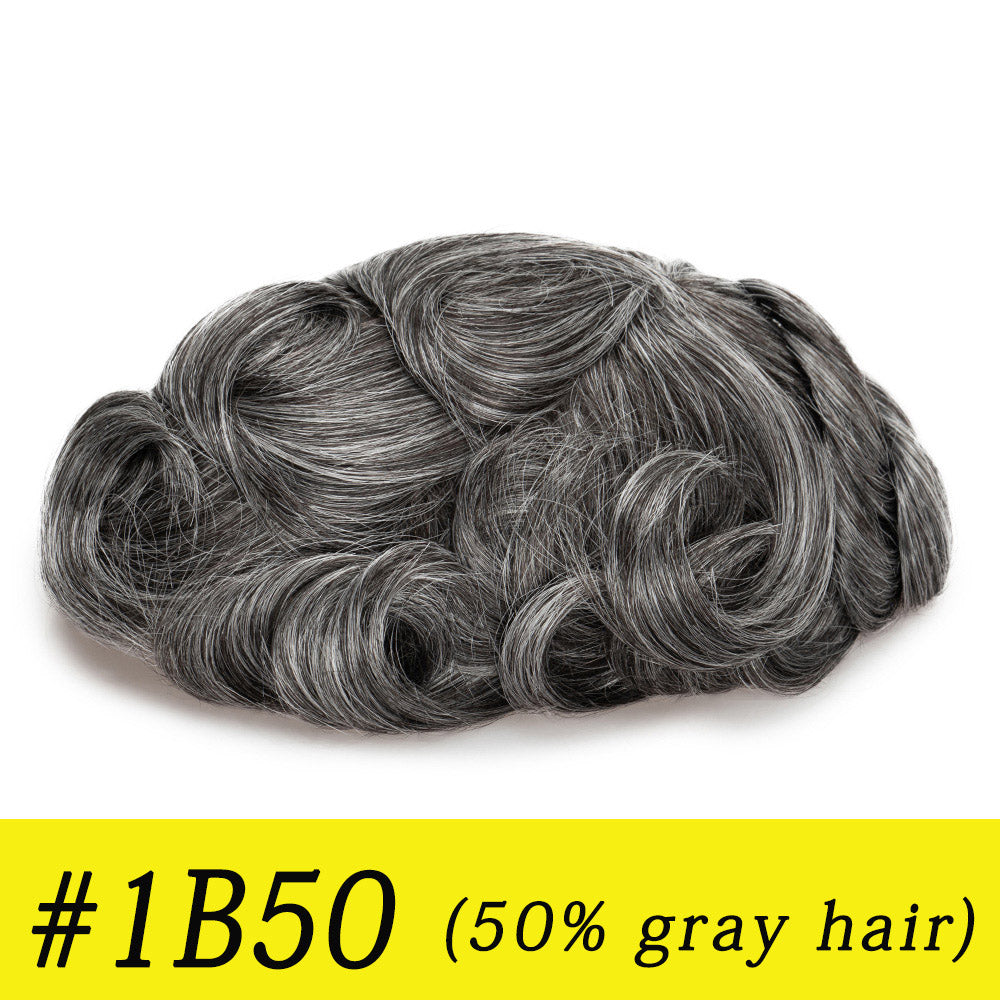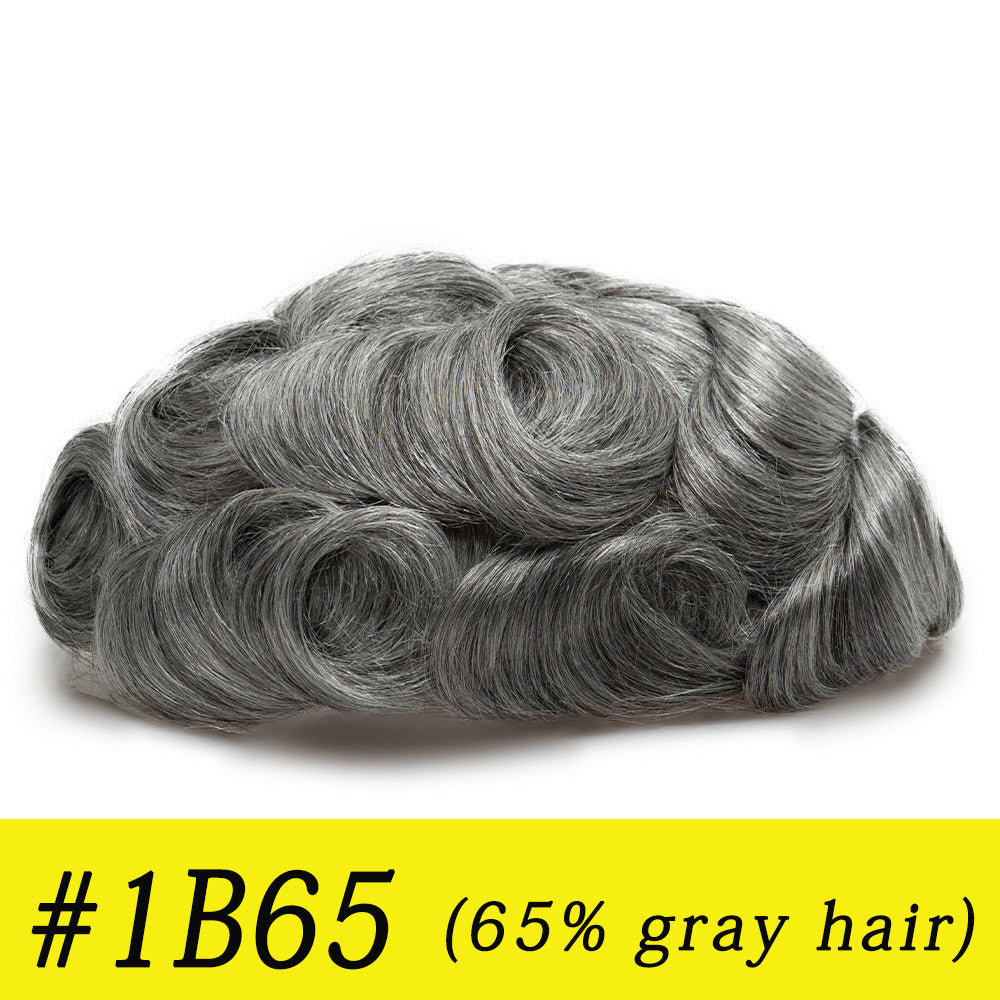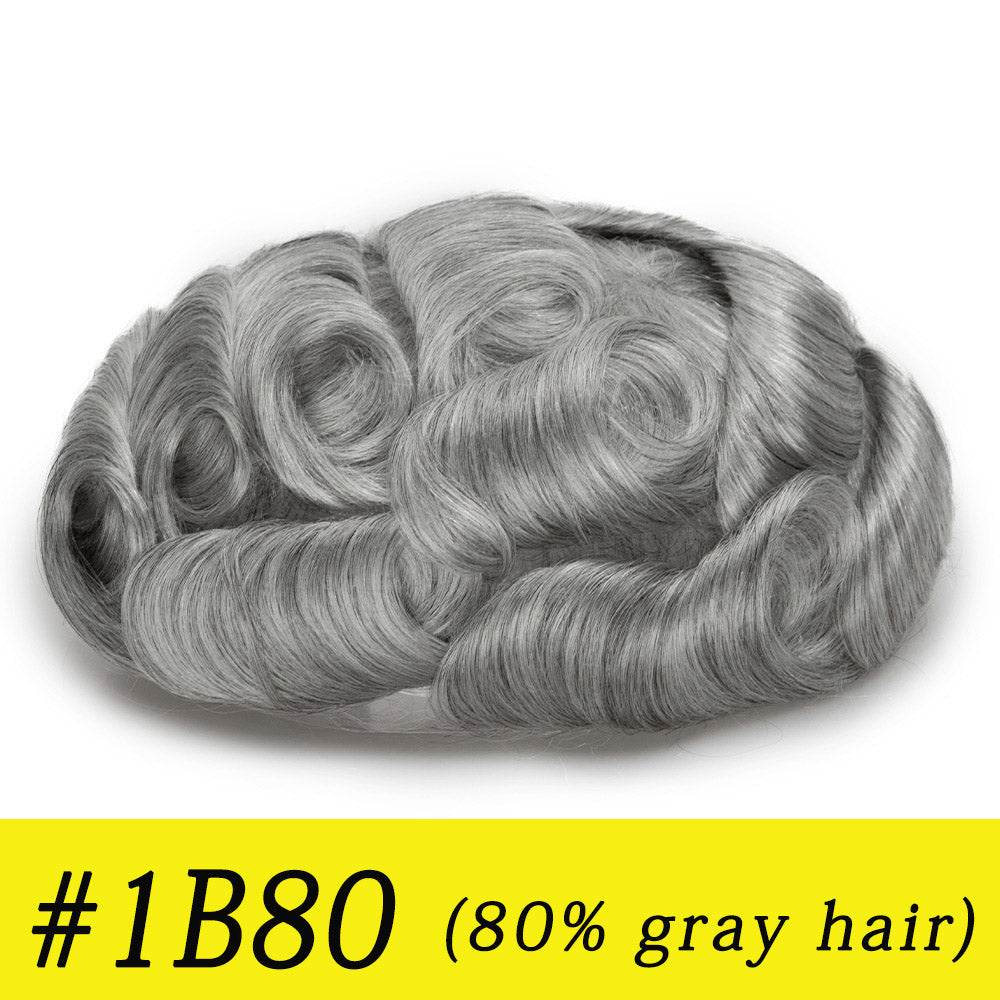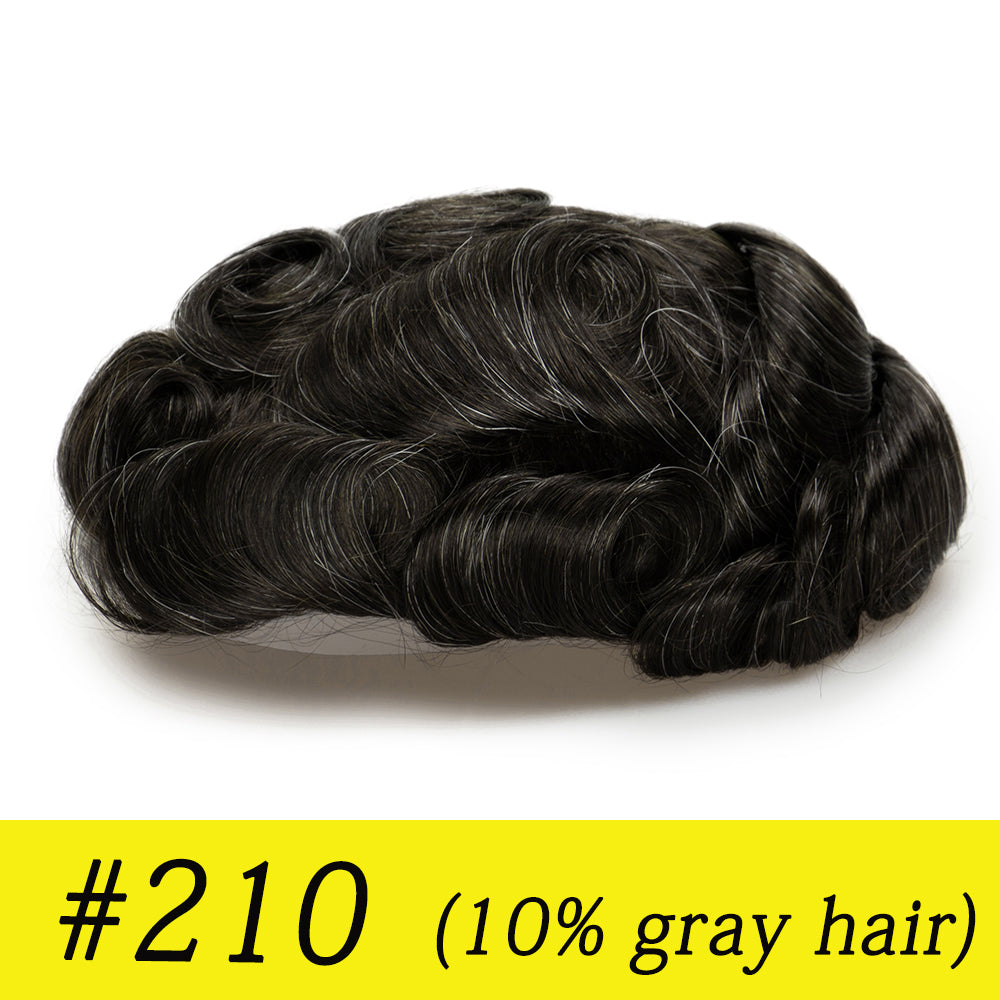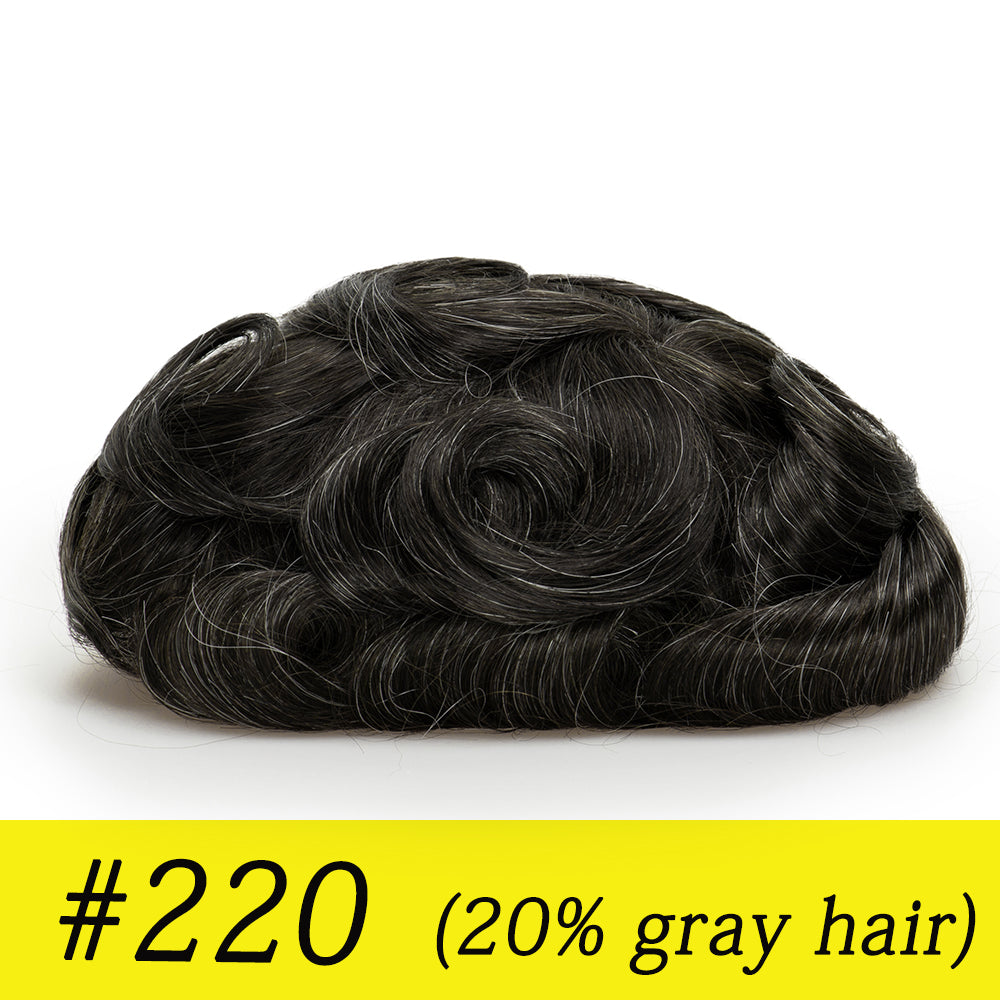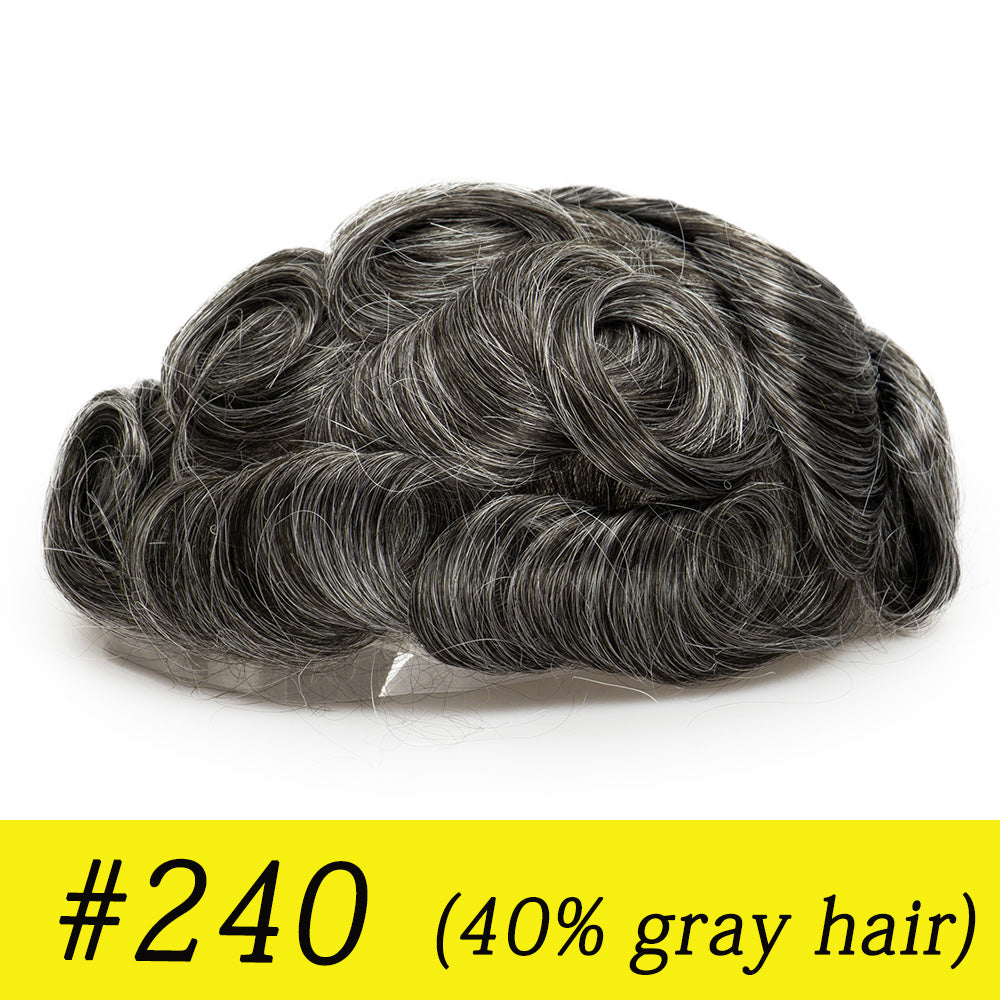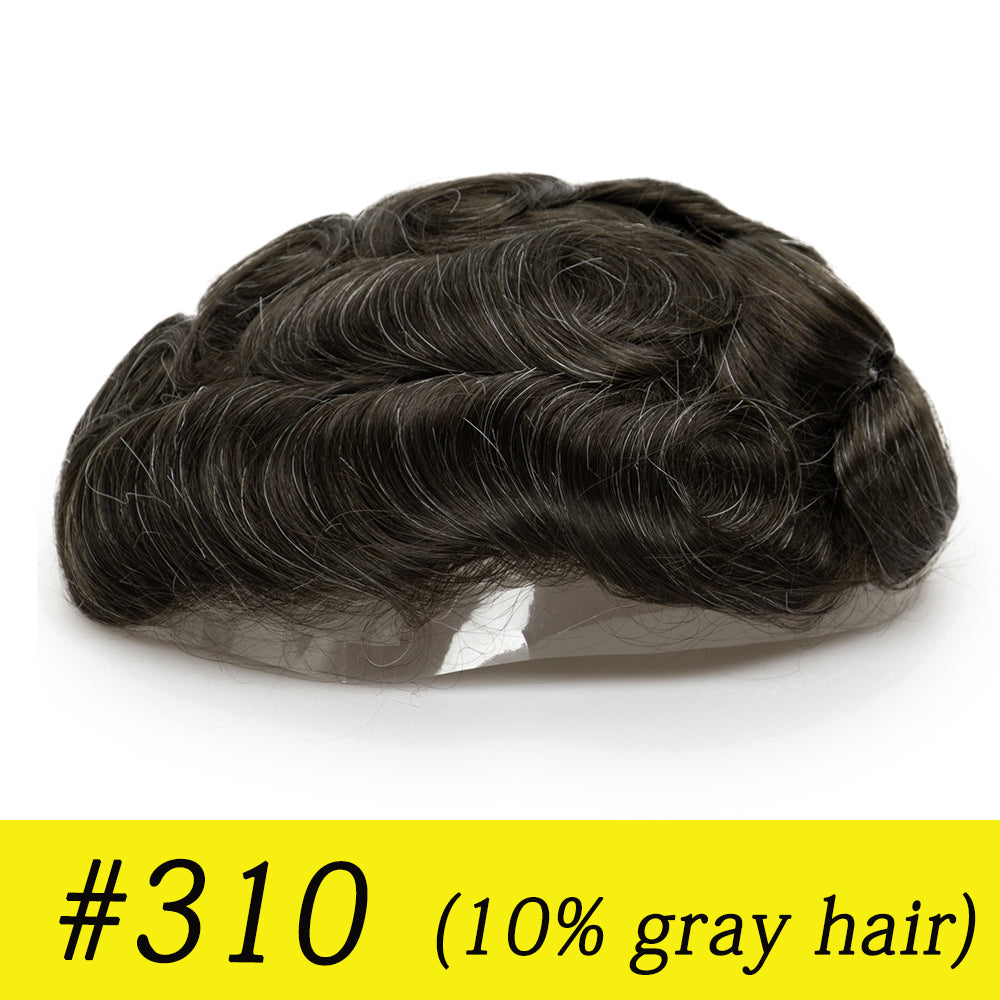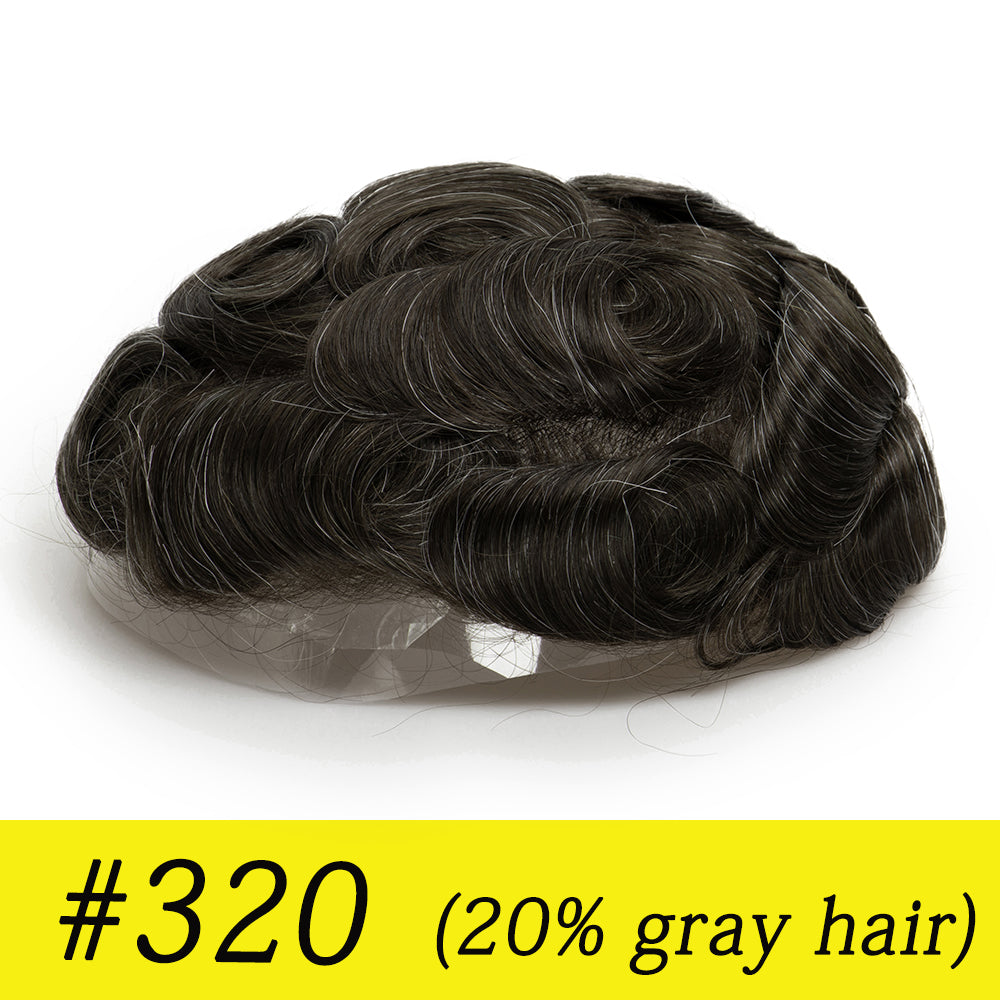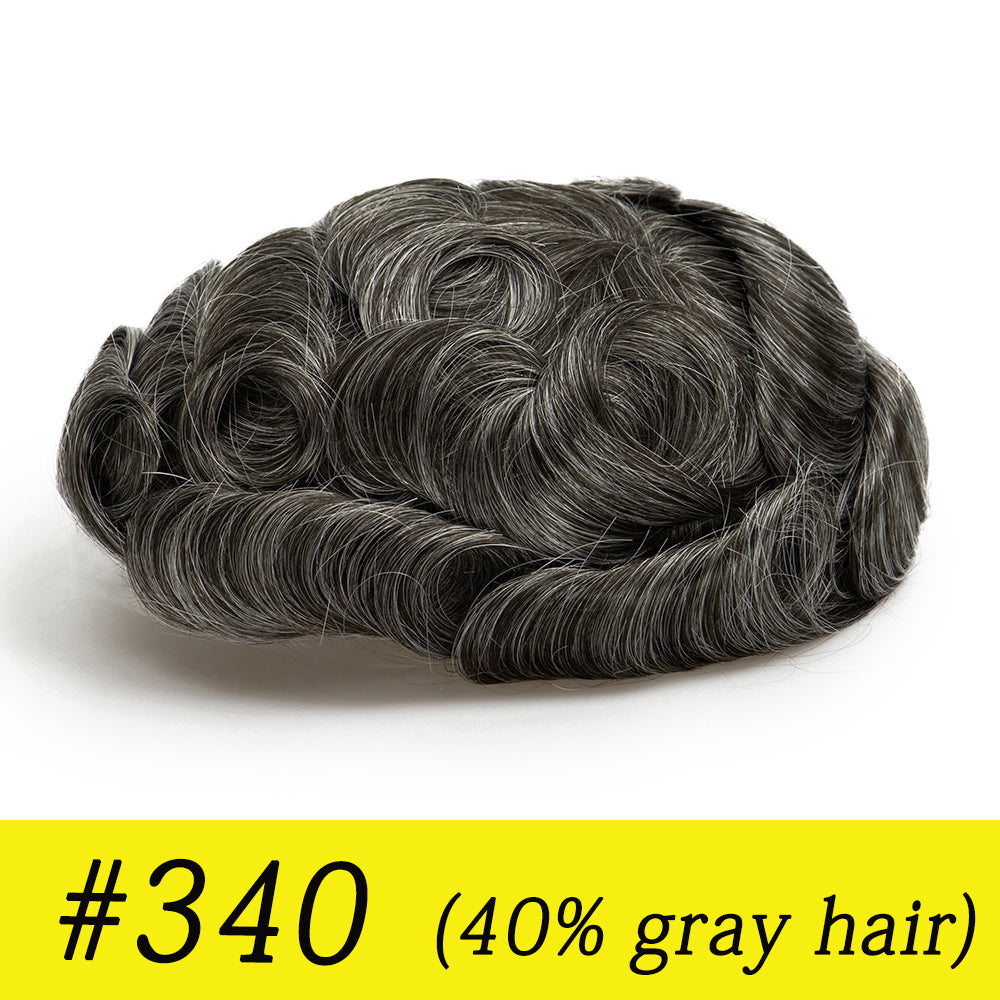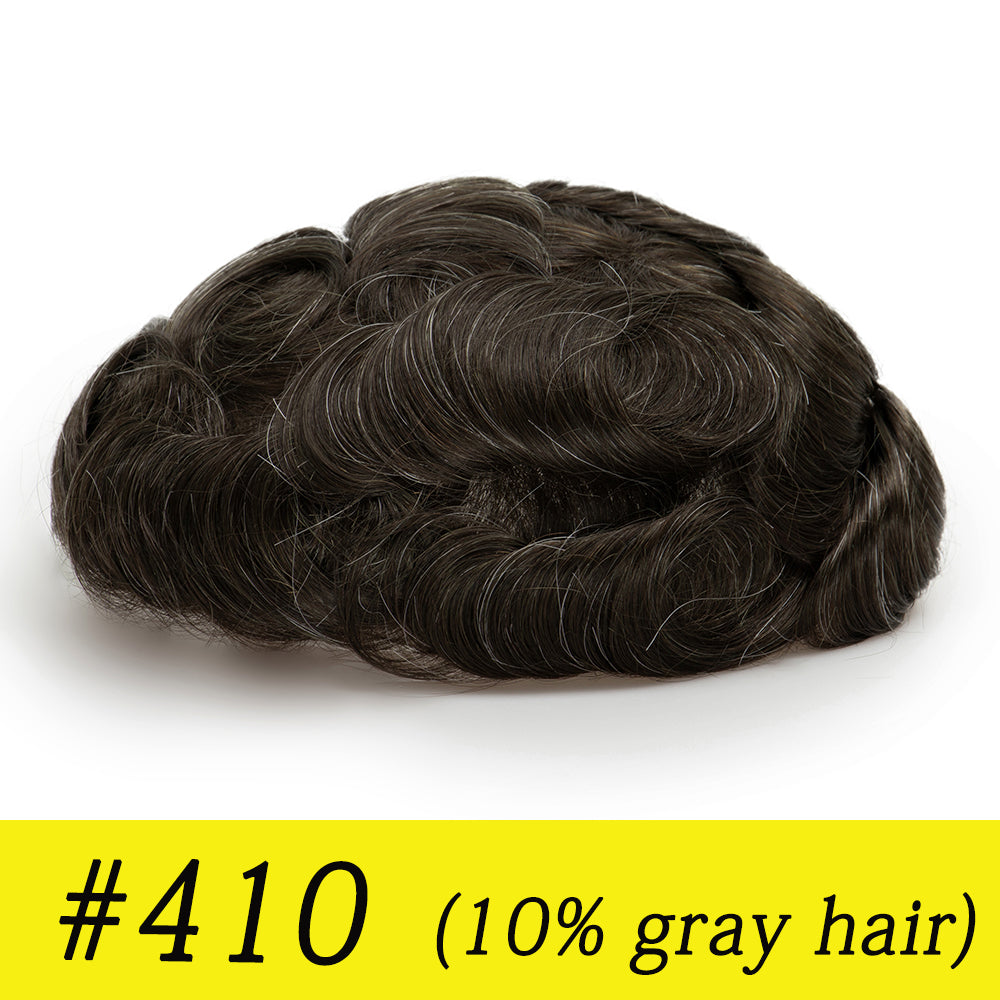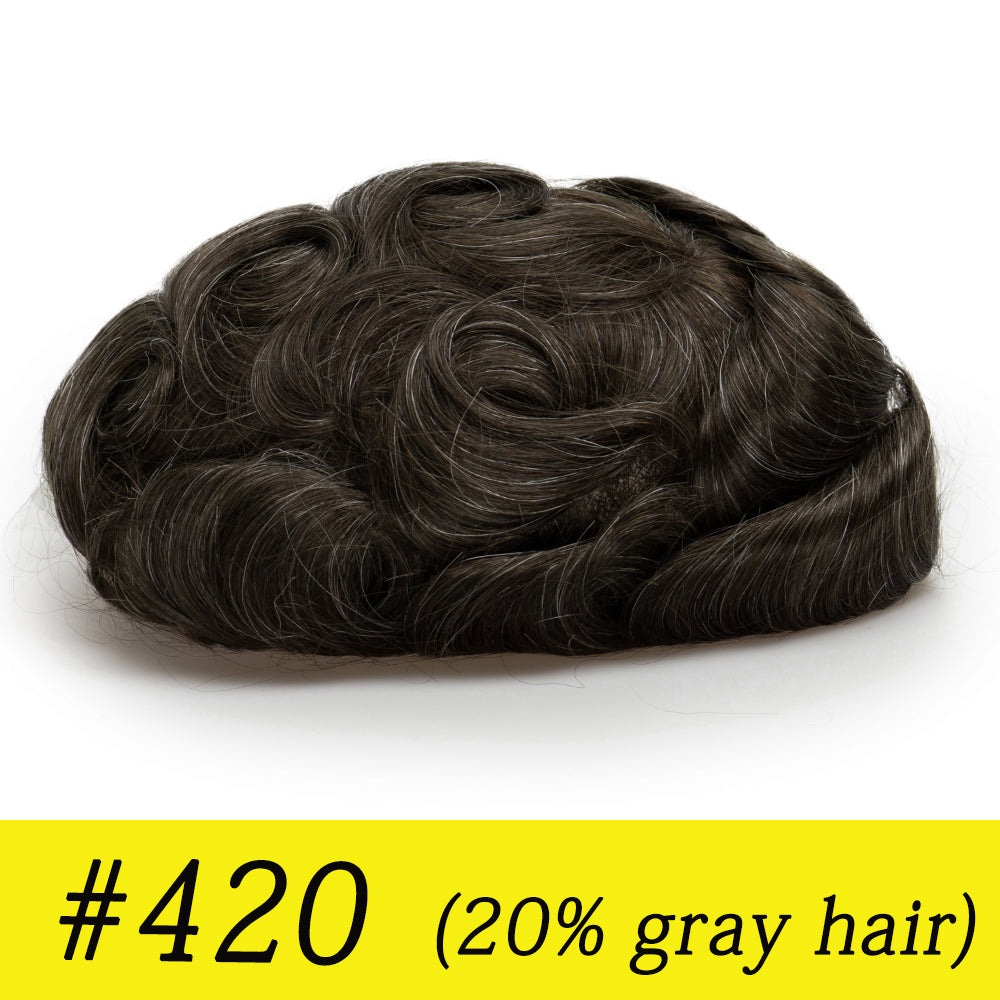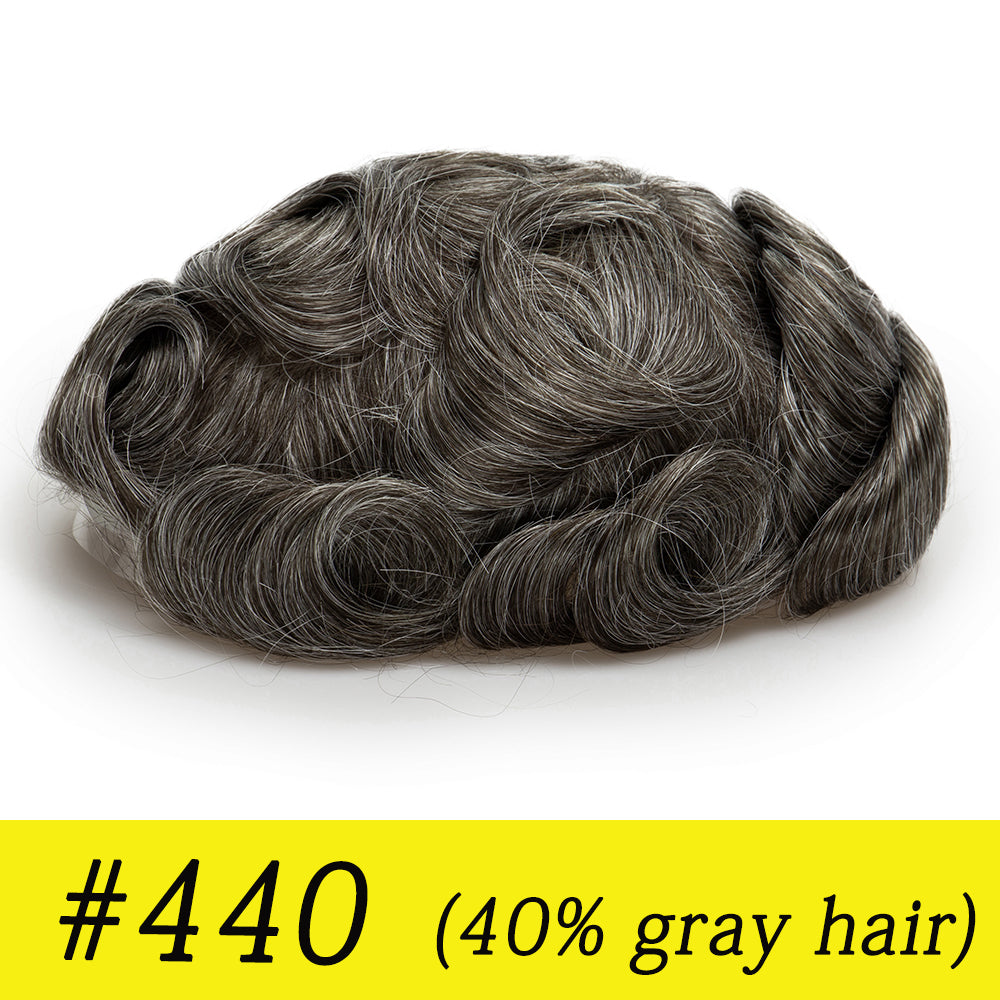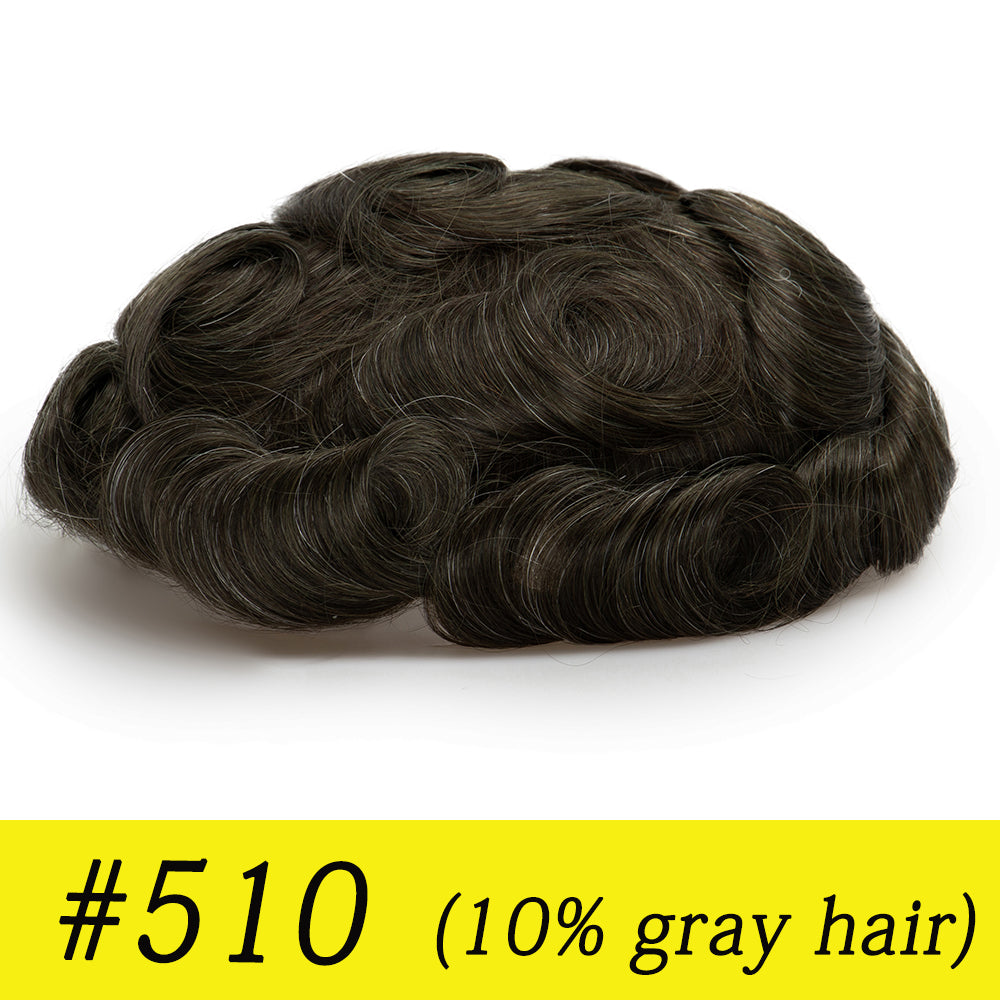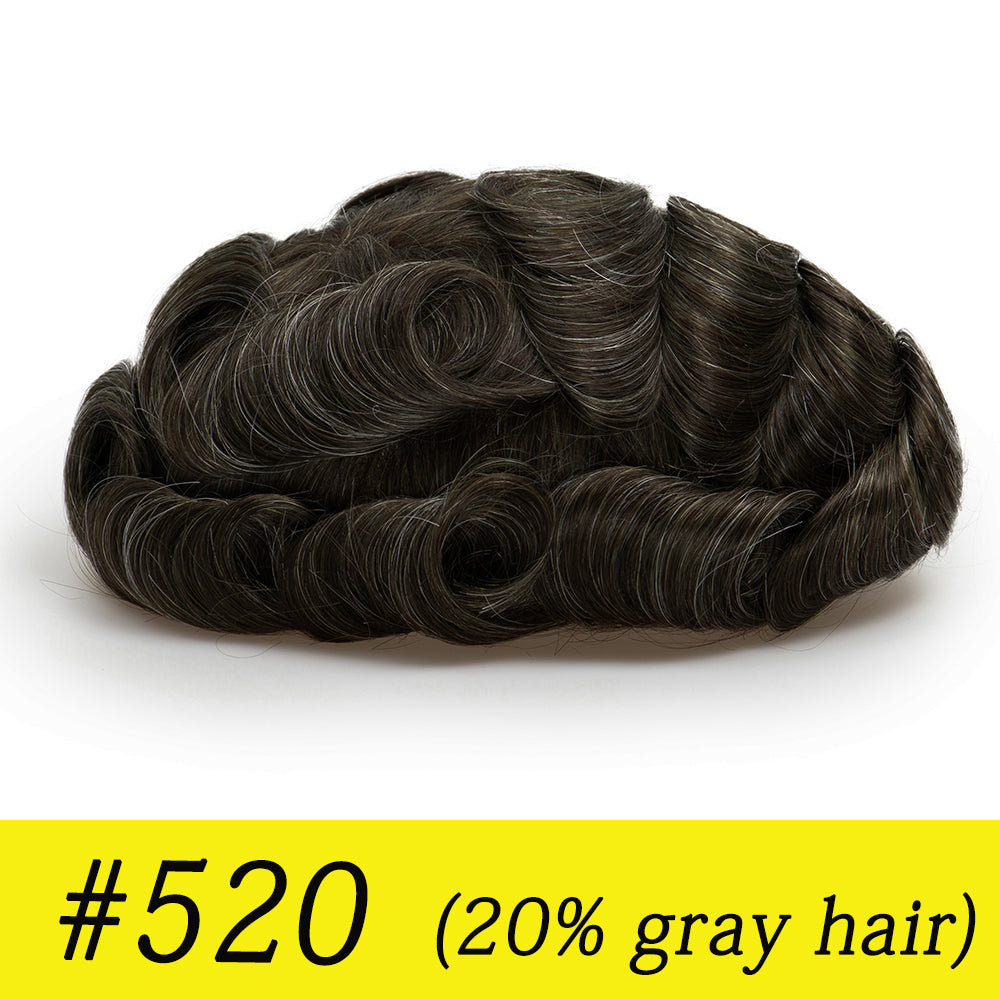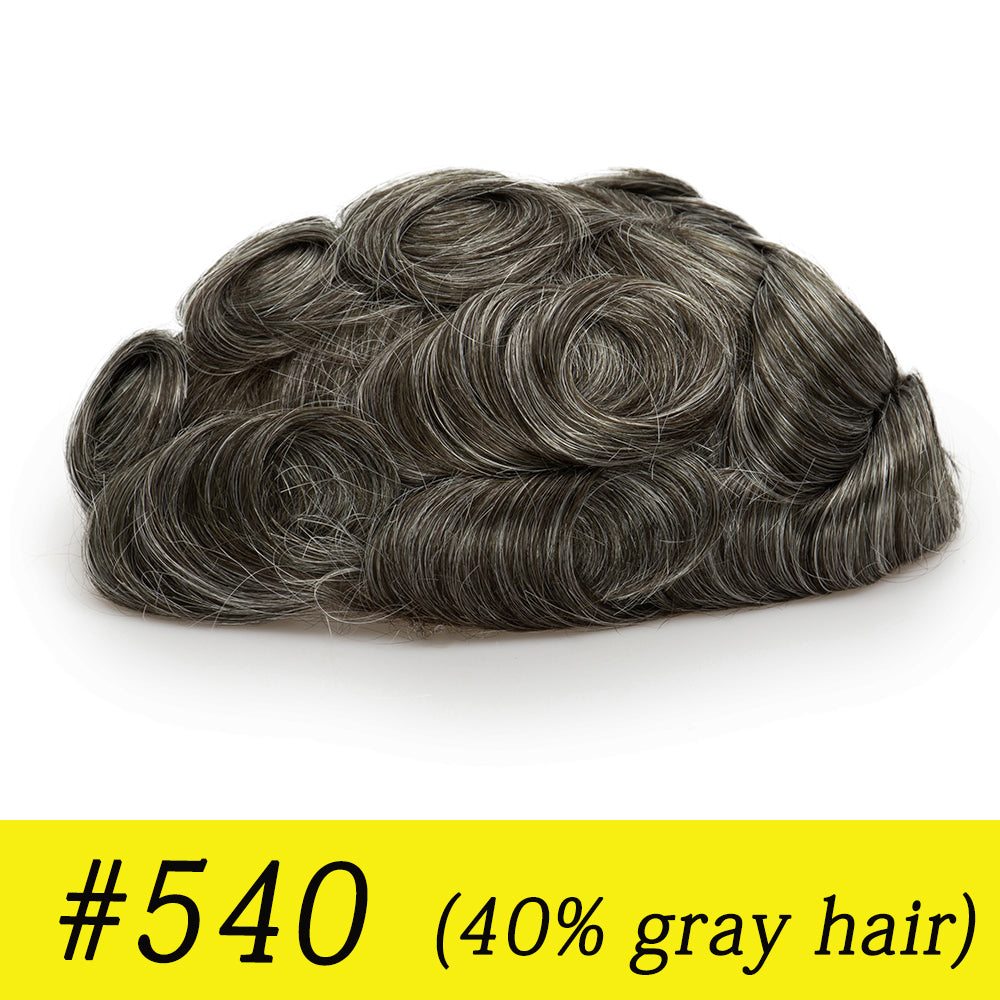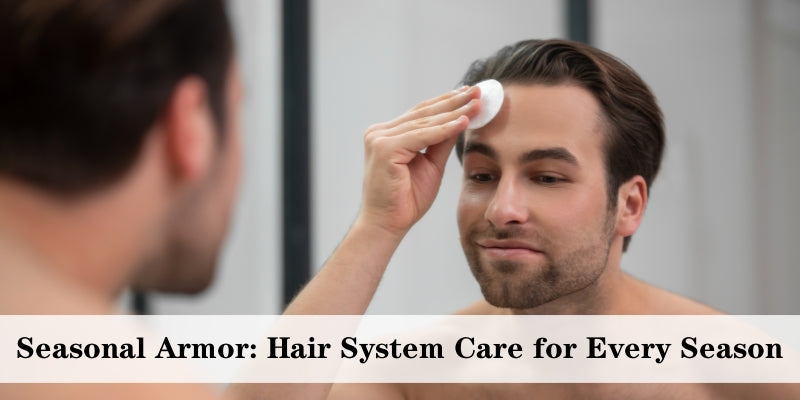
Seasonal Armor: How to Adjust Your Hair System Routine for Every Season
Seasons change—and so should your hair system routine. Adhesion, base comfort, color fade and styling all react differently to heat, humidity, wind and cold. This guide gives clear, practical adjustments for spring, summer, fall and winter: which adhesives to use, how often to wash, how to protect color from UV and chlorine, and what to pack in your seasonal travel kit. Use these steps to protect your investment, avoid mid-day panic, and keep your system looking natural year-round.
Introduction — Why Seasonality Matters
Your hair system is an engineered product that reacts to its environment. Temperature, humidity, sun exposure, airborne particles, and frequent changes in climate all change how adhesives hold, how bases breathe, and how color appears on camera. A one-size-fits-all routine is why many wearers experience adhesive failure, color fade, or a stiff base in certain seasons. This guide gives you season-specific, actionable steps to avoid those problems.
Seasonal Overview: Key Risks by Season
Below is a quick primer: glance at the season that applies to you and jump to the detailed checklist.
Spring — Pollen, Changeable Weather & Allergy Triggers
Spring brings pollen, sudden rain, and frequent temperature swings. Pollen can cling to fibers and products, increasing the need for gentle cleansing. Shower transitioning (cold→warm) may trap moisture under a taped perimeter. If you have seasonal allergies, extra face rubbing can disturb adhesives.
Summer — Heat, Sweat, UV & Pool Chlorine
Summer is the toughest season for adhesion and color: sweat breaks down glue; UV bleaches fibers over time; chlorine and saltwater can alter fiber tone and stiffness. Prioritize sweat-resistant adhesives, UV protection, and a robust post-swim protocol.
Fall — Wind, Drying Air & Humidity Swings
Fall brings wind and shifting humidity. Wind tests adhesion and exposes weak spots; dry indoor heat after cool nights can increase static, causing flyaways and perceived thinness. A moderate re-style and anti-static routine are helpful.
Winter — Static, Cold, Hot Indoors & Hat Wear
Cold weather plus indoor heating equals static and dryness. Hats are common but can press edges or flatten crown motion. Low temperatures can also affect adhesive cure times and flexibility. Choose adhesives that tolerate cold and use hat-friendly styling and padding.
Choose the Right Adhesive for the Season
Different adhesives and tapes are engineered for specific conditions. Knowing which family to reach for each season will save frustration and protect your base.
Summer: Sweat-Resistant Options
Summer needs adhesives that resist moisture and maintain tack under heat:
- Athletic-grade film tape: thin, sweat-resistant, and discrete; ideal for sport and hot commutes.
- Sweat-resistant liquid adhesives (athletic formulas): create continuous long-wear bonds for multi-day trips; choose ones labeled “humidity/sweat resistant.”
- Reinforced hybrids: combine tape at the nape and liquid at temples to balance reusability and security.
Also pack blotting papers and a small travel kit: pre-cut tapes, alcohol prep wipes and a discreet compact matte powder to reduce shine (which highlights edges under strong sun).
Winter: Low-Temp & Sealant Tips
In cold climates adhesives can be less flexible and cure slower:
- Low-temperature curing adhesives: designed to bond even when skin is cooler.
- Sealant strips: a thin, flexible sealer along the edge helps prevent hat friction from lifting.
- Hat liners and soft padding: reduce direct friction where the hat contacts the hairline.
In very cold weather, warm your adhesive bottle in your pocket (if product instructions allow) and let body heat bring it to optimal temp before application.
Seasonal Care Routines (Daily / Weekly / Monthly)
Your daily, weekly and monthly steps should flex by season. Below are compact, actionable schedules.
Summer Daily: Blot, Rinse, Short-Style Tips
- Carry blotting papers — dab the hairline rather than rub to remove sweat.
- After heavy activity, lightly rinse hair (if glued, avoid scrubbing the perimeter); use a microfibre towel to pat dry.
- Use a light, matte finishing powder to control shine near the edge for photos or video calls.
- Inspect perimeter each evening—replace small tape pieces if needed rather than wait for full failure.
Fall Weekly: Hydration & Anti-Frizz
- Use a conditioning wash once a week (sulfate-free) and a leave-in conditioner on mid-lengths to combat dryness.
- Apply anti-static spray sparingly if indoor heating causes flyaways.
- Refresh feathered ends with light trimming every 6–8 weeks to keep motion and reduce split ends.
Color & Base Protection by Season
Color fade and base discoloration are seasonal problems. Guard your color with these tactics.
UV Protection & Anti-Fade
UV exposure over time reduces pigment saturation. Protect color with:
- UV-protectant sprays: lightweight mist applied evenly; avoid heavy oils near the edge.
- Regular color-deposit refresh: a wash-out toner used monthly helps maintain shade without permanent damage.
- Hats & shade: practical for long outdoor events—use breathable hats that avoid edge friction.
Pool & Chlorine: Pre/Post Swim Protocol
Chlorine and saltwater can stiffen fibers and change color:
- Before swimming: pre-wet the hair with fresh water — saturated hair absorbs less chlorinated water.
- After swimming: immediately rinse with fresh water and apply a clarifying rinse if exposed to chlorine; gently towel dry and air-dry on a ventilated stand.
- Monthly deep-care: if you swim regularly, use a clarifying + restorative routine every 2–4 weeks to remove buildup and restore softness.
Seasonal Travel Kit Checklist
A compact seasonal kit prevents unexpected failures on the road. Keep a carry-on kit and a checked/travel stand in your bag.
Carry-On Essentials for Any Season
- Pre-cut double-sided tape strips (small pack)
- Alcohol prep wipes and adhesive remover wipes
- Blotting papers and a small matte finishing powder
- Mini ventilated stand (foldable) or soft pouch
Hot Destination Kit
- Athletic/sweat-resistant tape strips
- Sweat-resistant liquid adhesive sample (check airline safety rules) or extra tape
- Portable fan or cooling towels if you expect intense heat
Cold Destination Kit
- Low-temp adhesive or UTS-safe adhesive that cures at lower temps
- Soft hat liner or thin skull cap to reduce hat friction
- Extra sealer strips for perimeter durability
Styling Tricks for Seasonal Looks
Style choices should match the season to avoid extra maintenance.
Summer: Low-Maintenance, Low-Shine
- Short, textured styles that dry quickly and tolerate sweat.
- Avoid heavy serums near the hairline; instead use mid-length anti-frizz products.
- Use matte paste for short styles to prevent shine from sweat lighting up the edge.
Winter: Texture & Hat-Friendly Styling
- Leave a bit more length in the fringe to prevent hats from flattening the hairline.
- Use lightweight leave-in conditioners to offset dry indoor heat—but apply away from the perimeter.
- Use soft padding at the temples if you wear hats frequently to prevent rubbing the edge.
FAQ
How often should I change tape in hot weather?
For high-activity summer days, expect to replace standard film tape every 3–7 days. Athletic-grade tapes can last longer. Monitor lifts and reinforce preemptively if you have long outdoor periods.
Can I wear my system while swimming?
Yes, with precautions: pre-wet hair, avoid strong adhesives at the water edge if you plan frequent dips (tape is easier to reapply), and rinse immediately after swimming. For frequent swimming, consider a human-blend fiber and a pre-planned maintenance routine.
How do I avoid static in winter?
Use anti-static sprays sparingly on the mid-lengths and ends, avoid over-drying, and wear hat liners. Regular conditioning and a leave-in protectant on mid-lengths helps reduce static.
Conclusion & Seasonal Checklist
Seasons change—but a little seasonal planning keeps your hair system reliable and natural-looking year-round. Use the seasonal adhesive choices, adjust your daily and weekly care, protect color from UV and chlorine, and always carry a compact travel kit. Below is a one-page checklist you can screenshot and keep on your phone.
Quick Seasonal Checklist (Screenshot-Friendly)
- Spring: more frequent gentle washes, pollen brush-out, light anti-static spray.
- Summer: athletic tape or sweat-resistant adhesive, blotting papers, UV spray, post-swim rinse.
- Fall: wind inspection, anti-frizz routine, refresh feathered ends.
- Winter: low-temp adhesives, hat liner, hydrating leave-in for mid-lengths.










